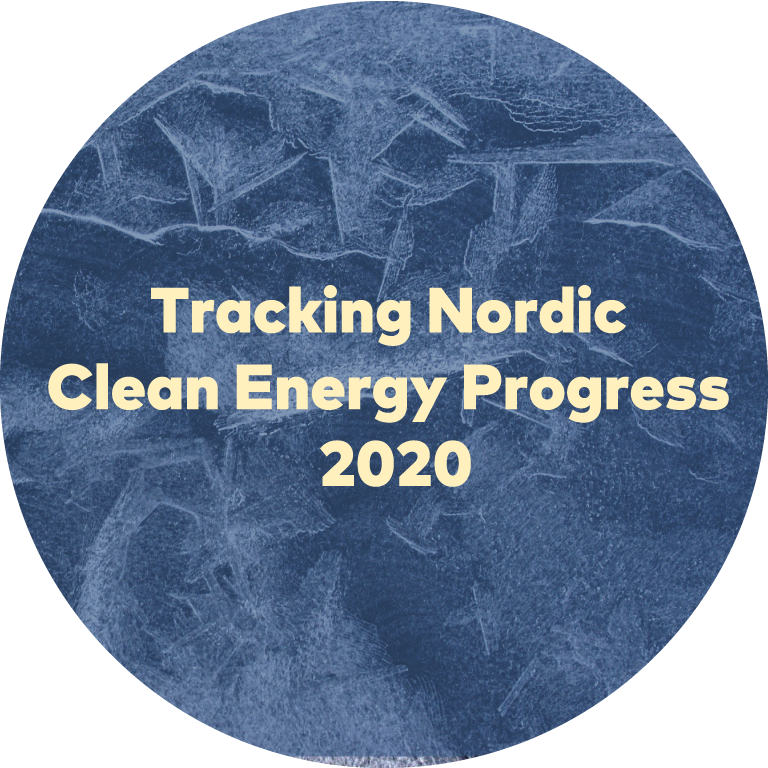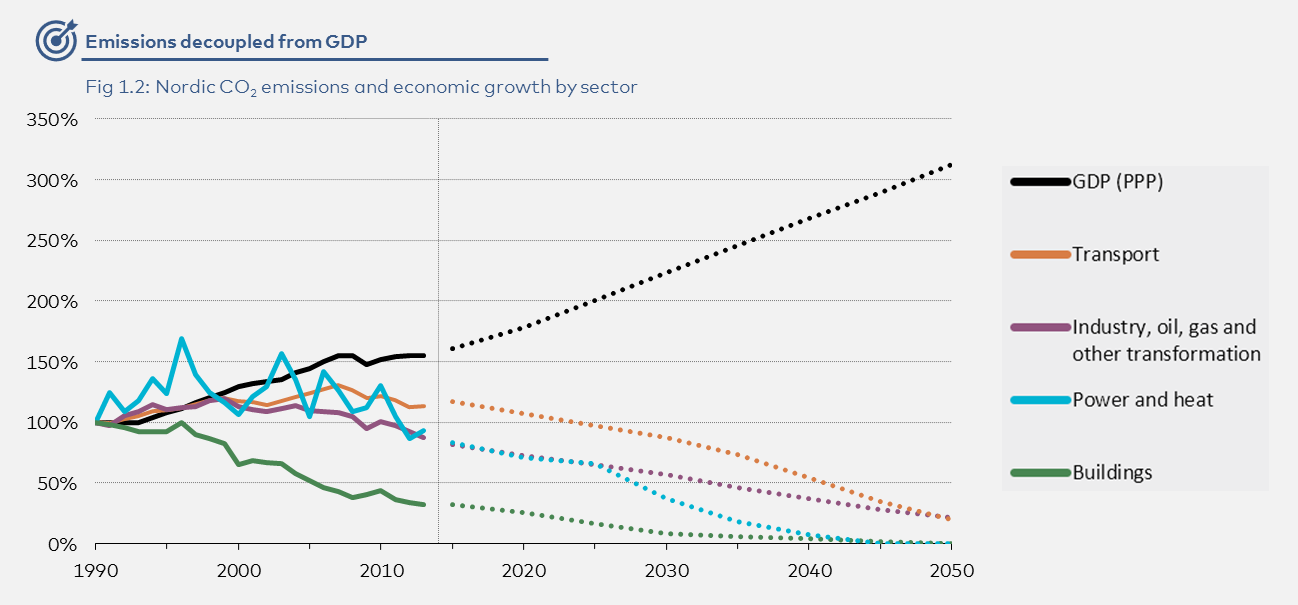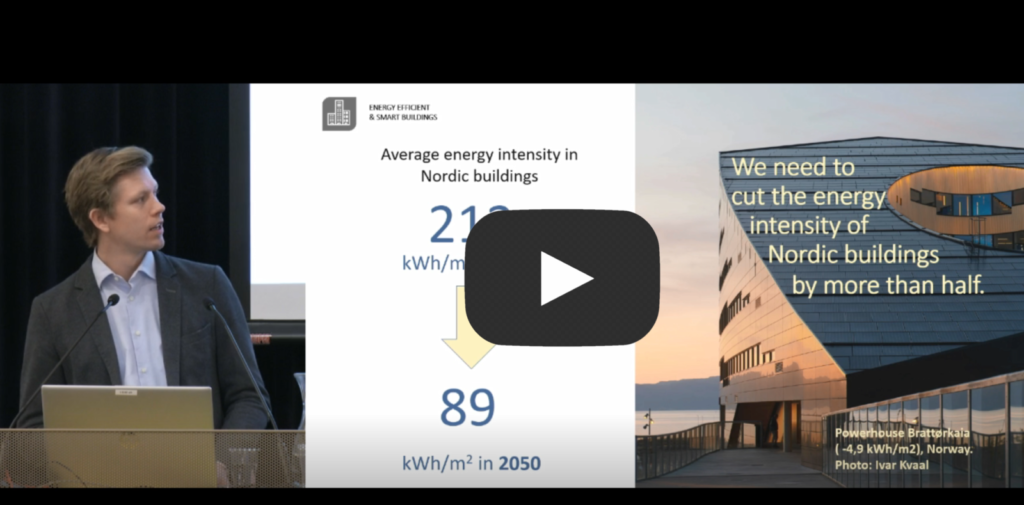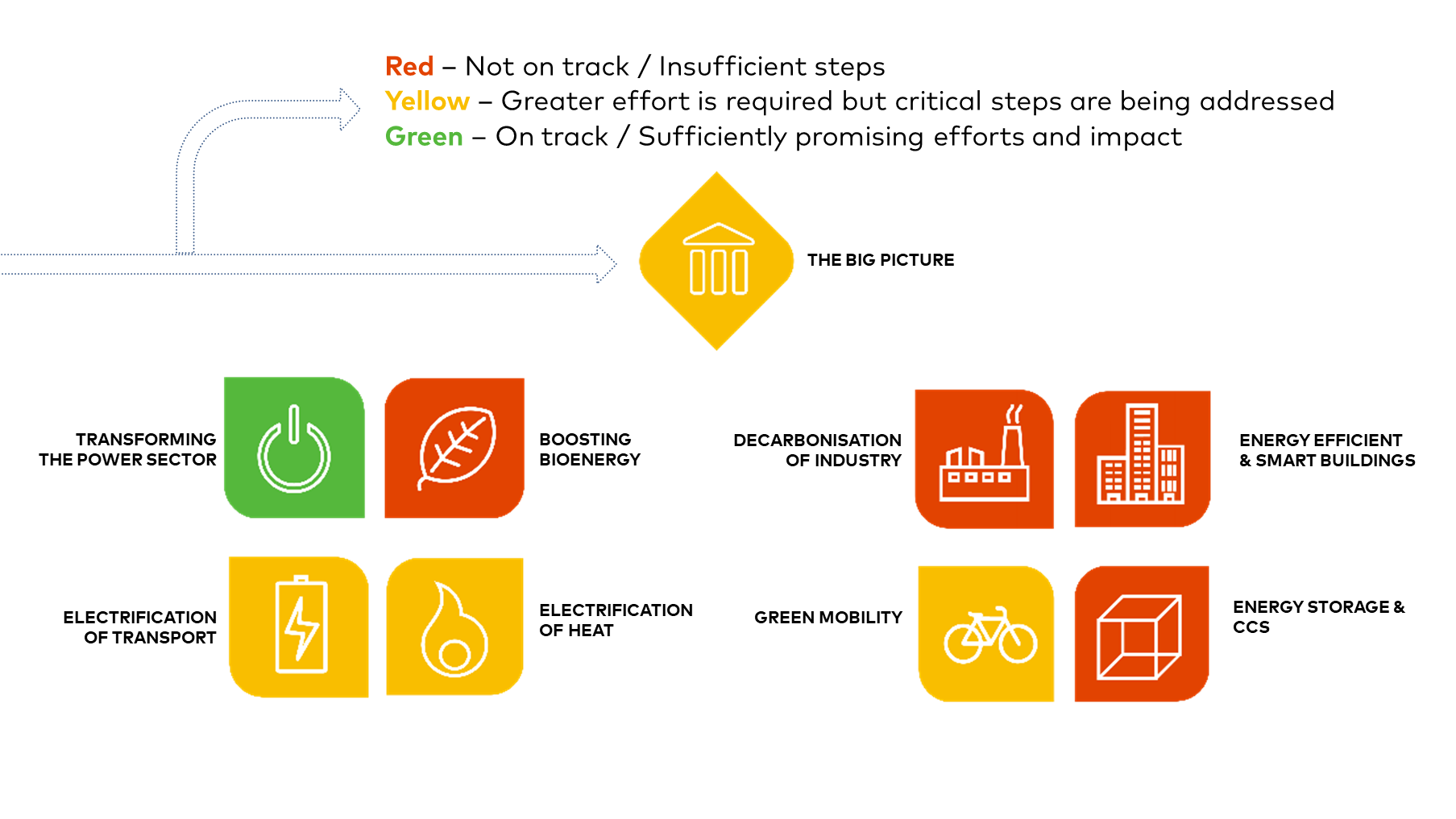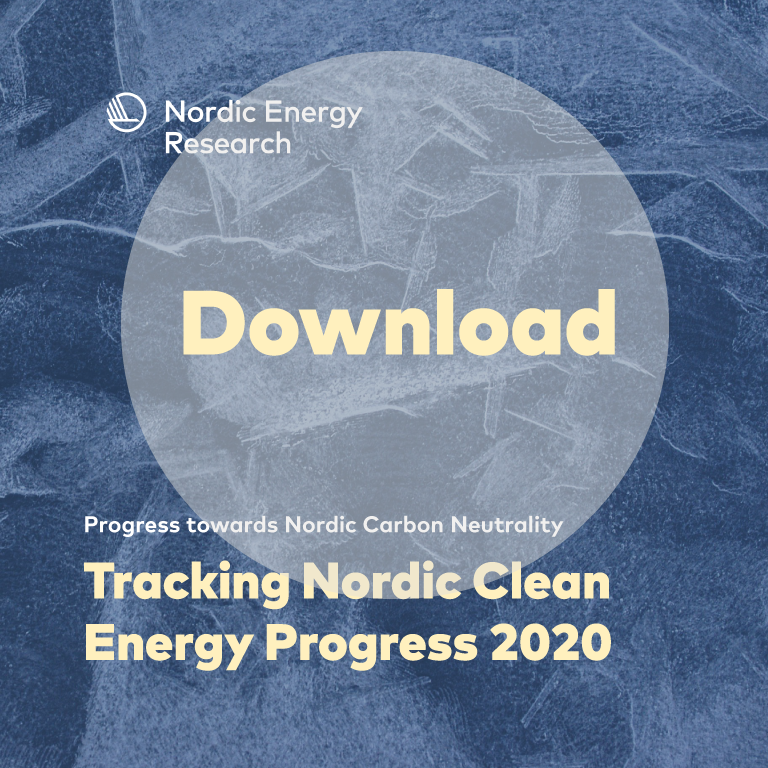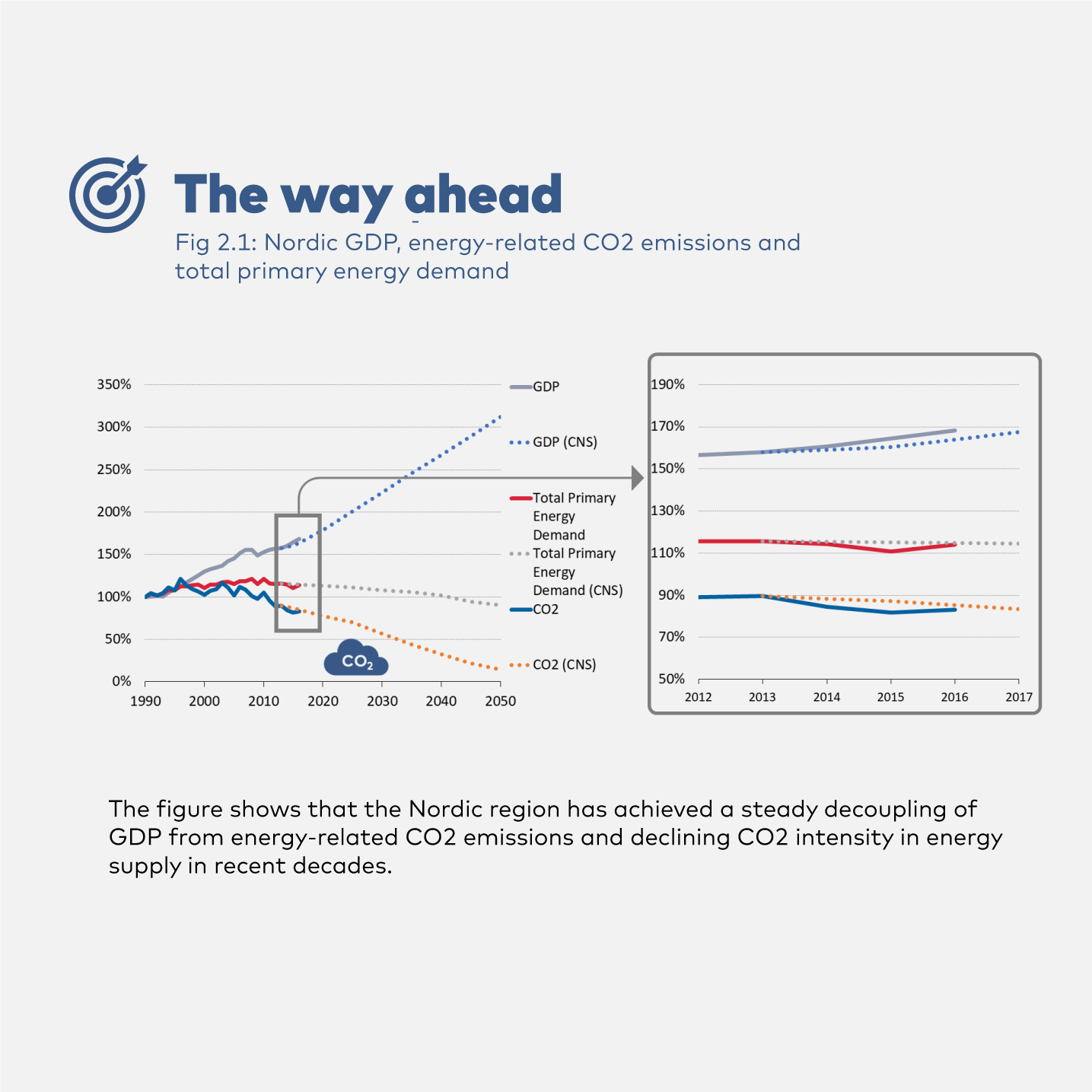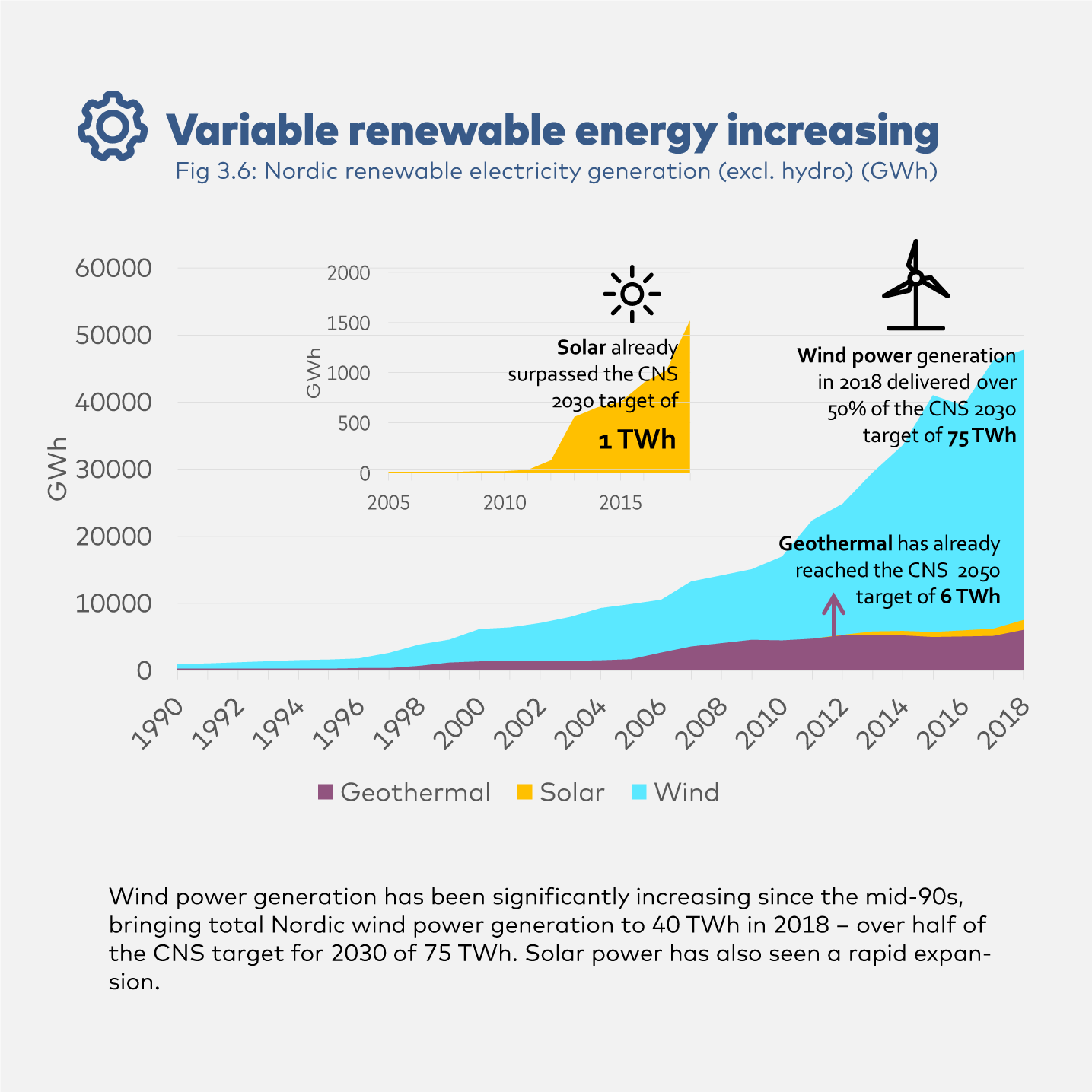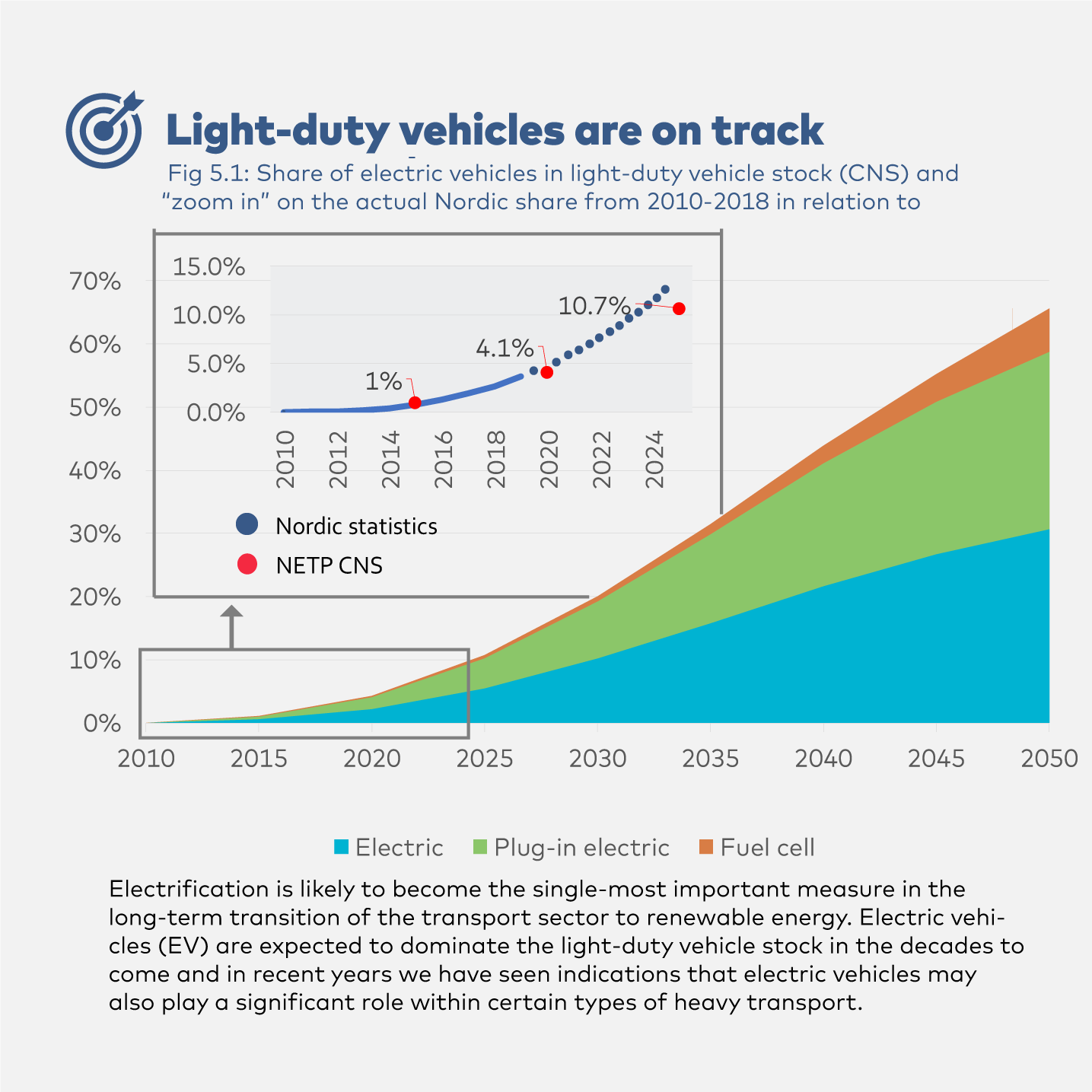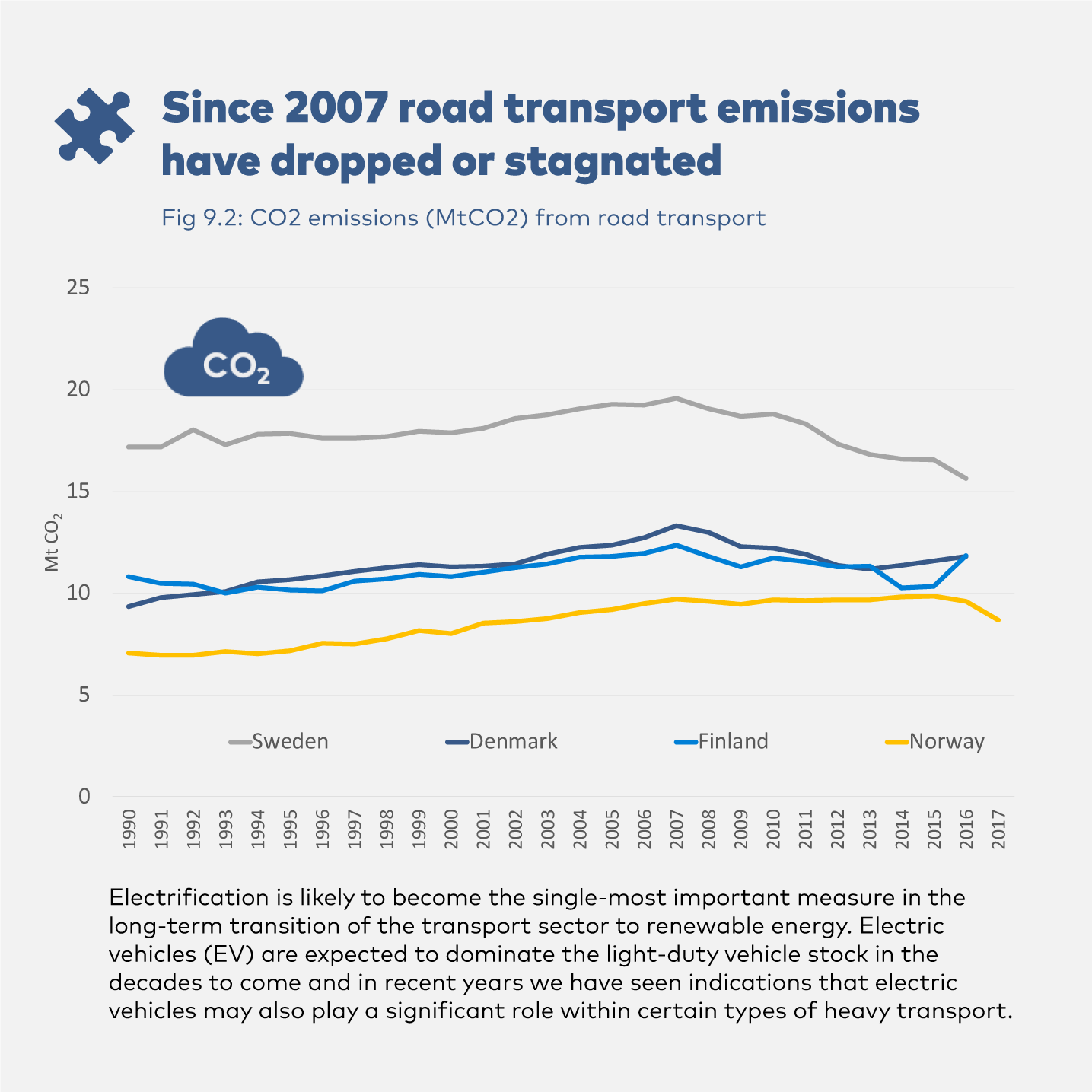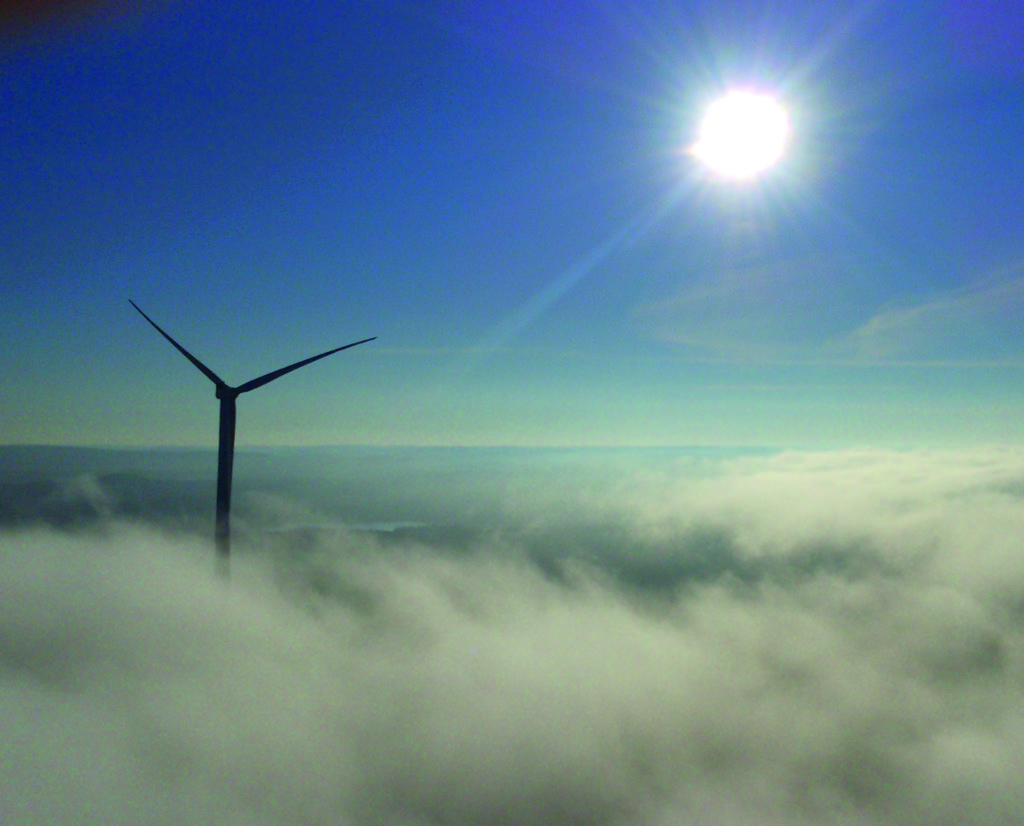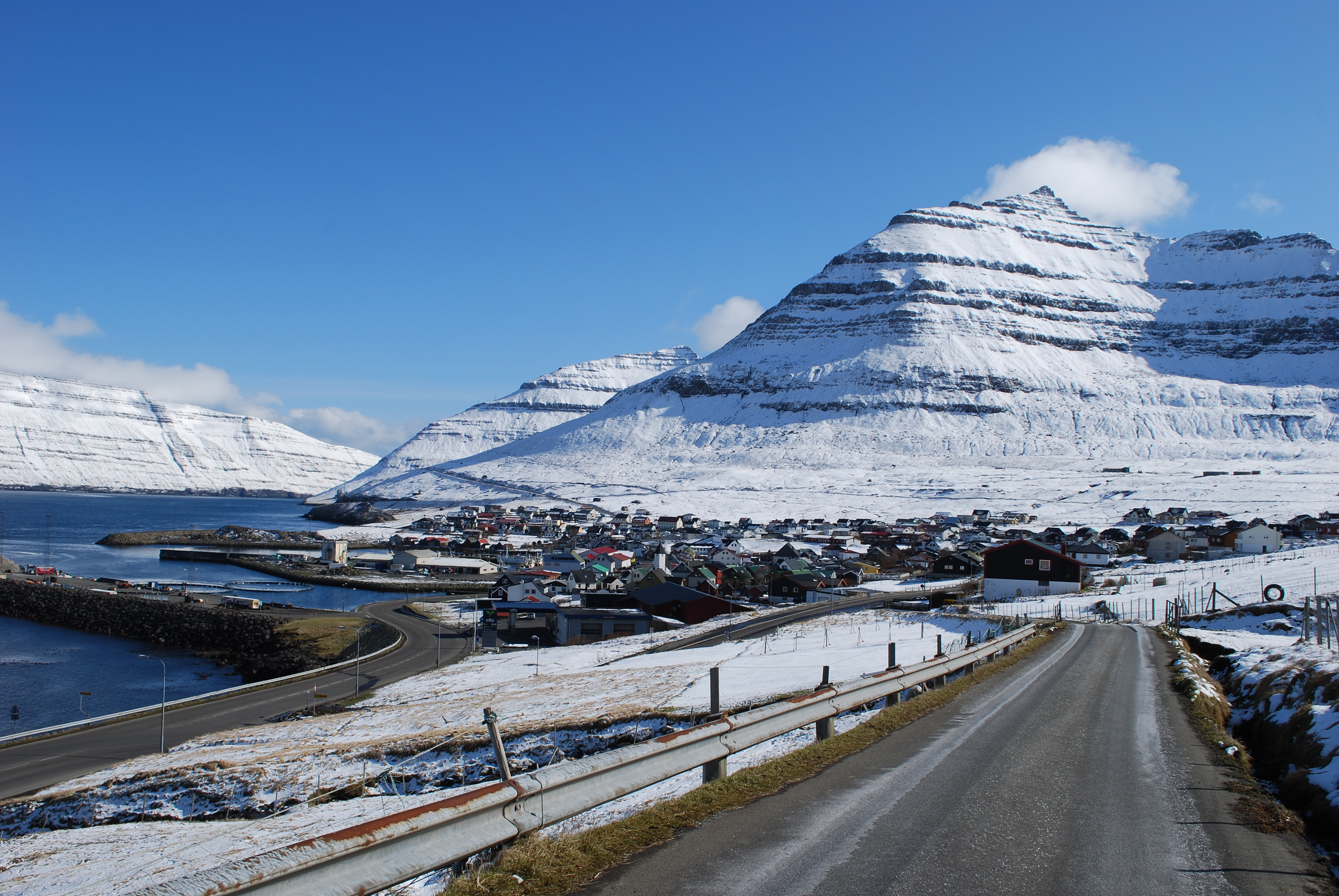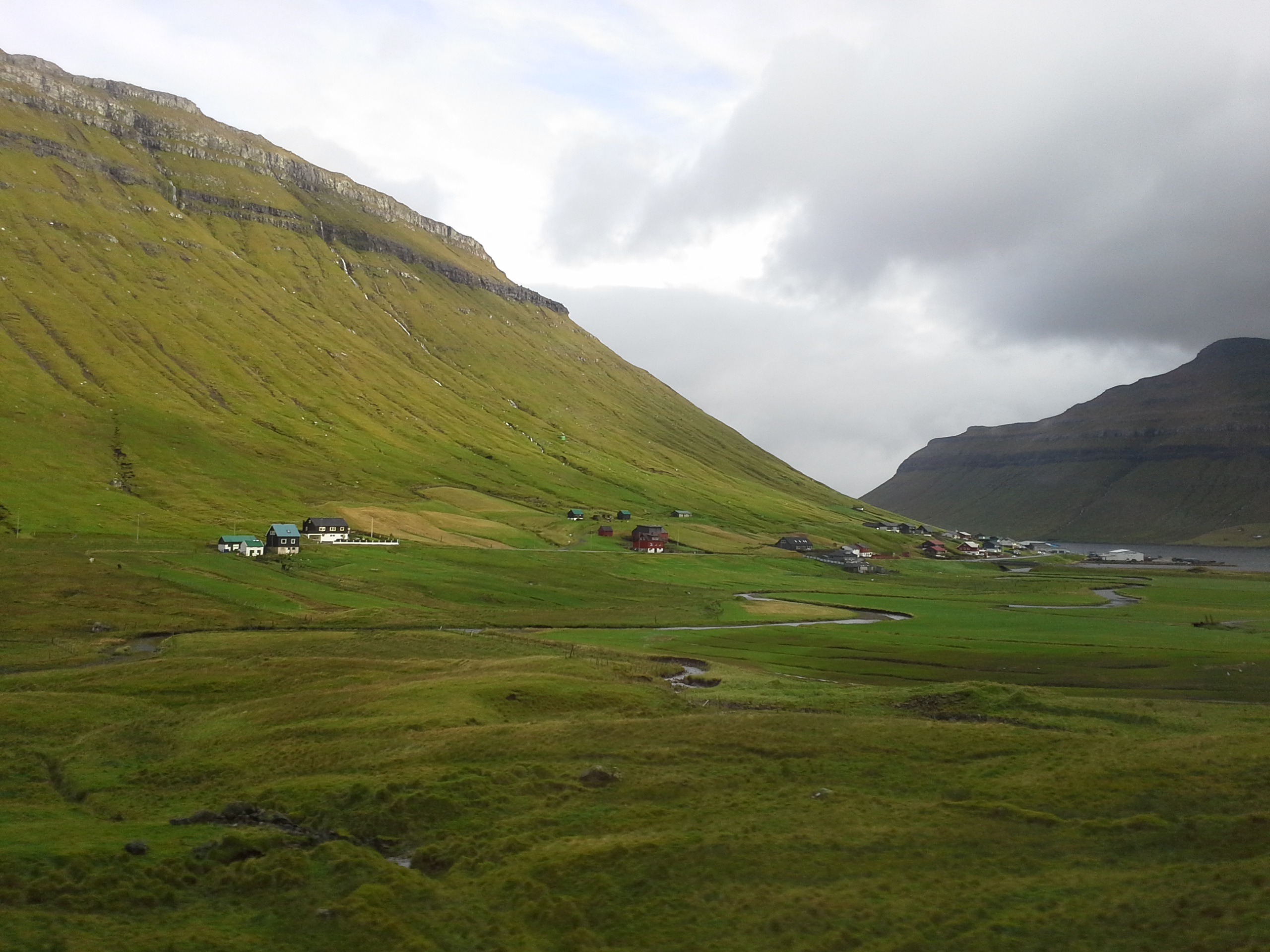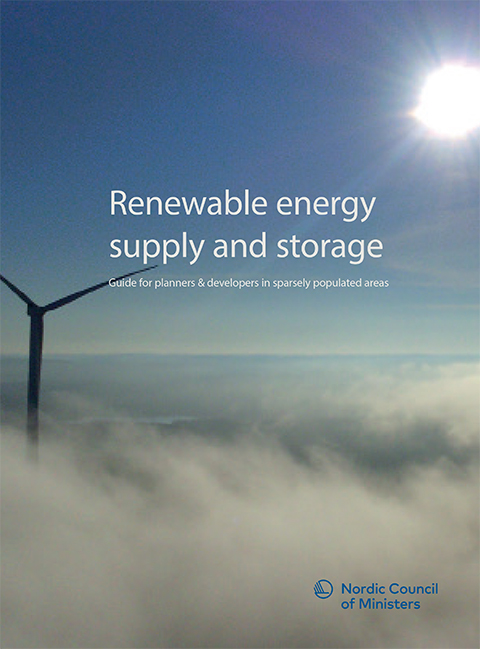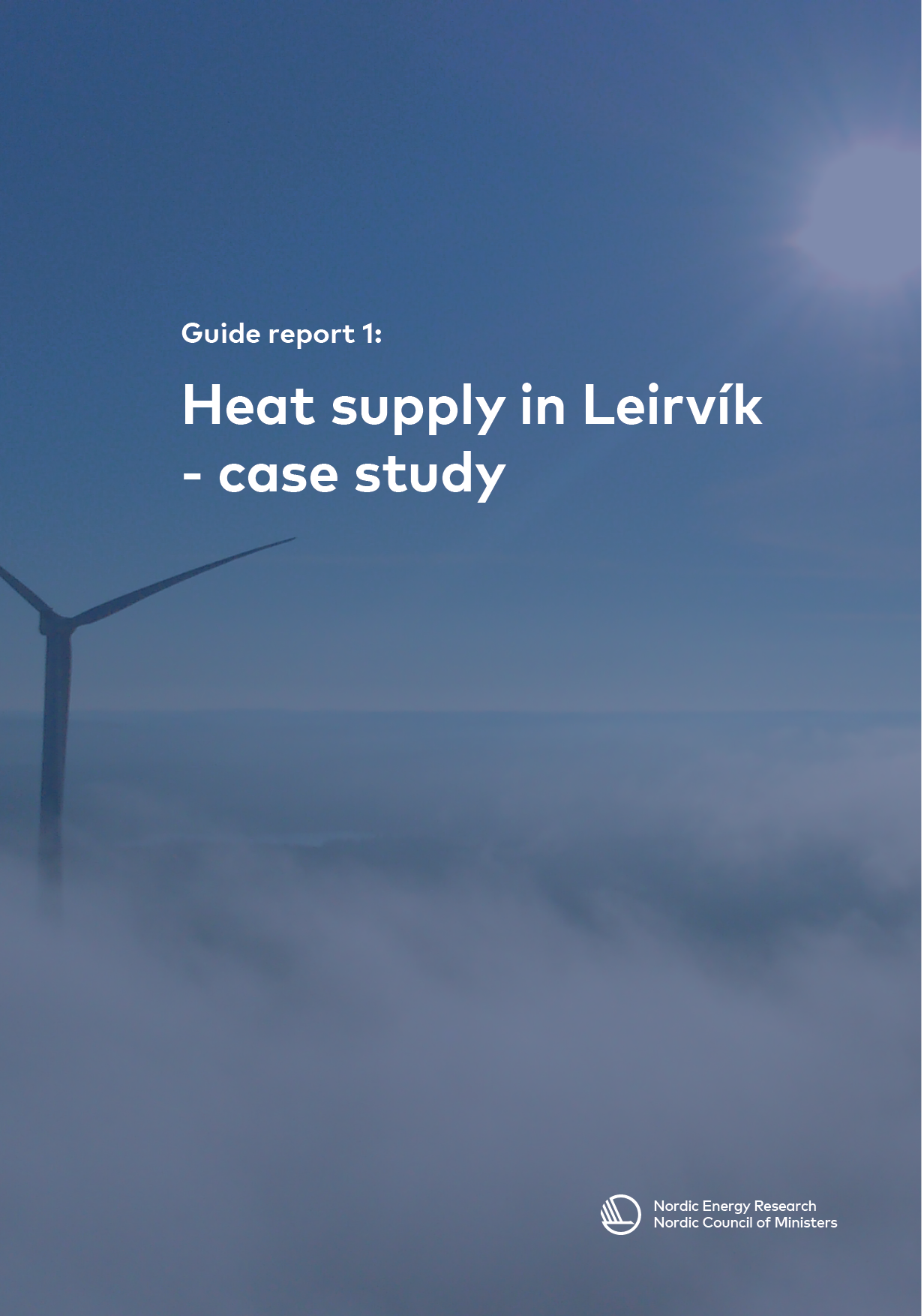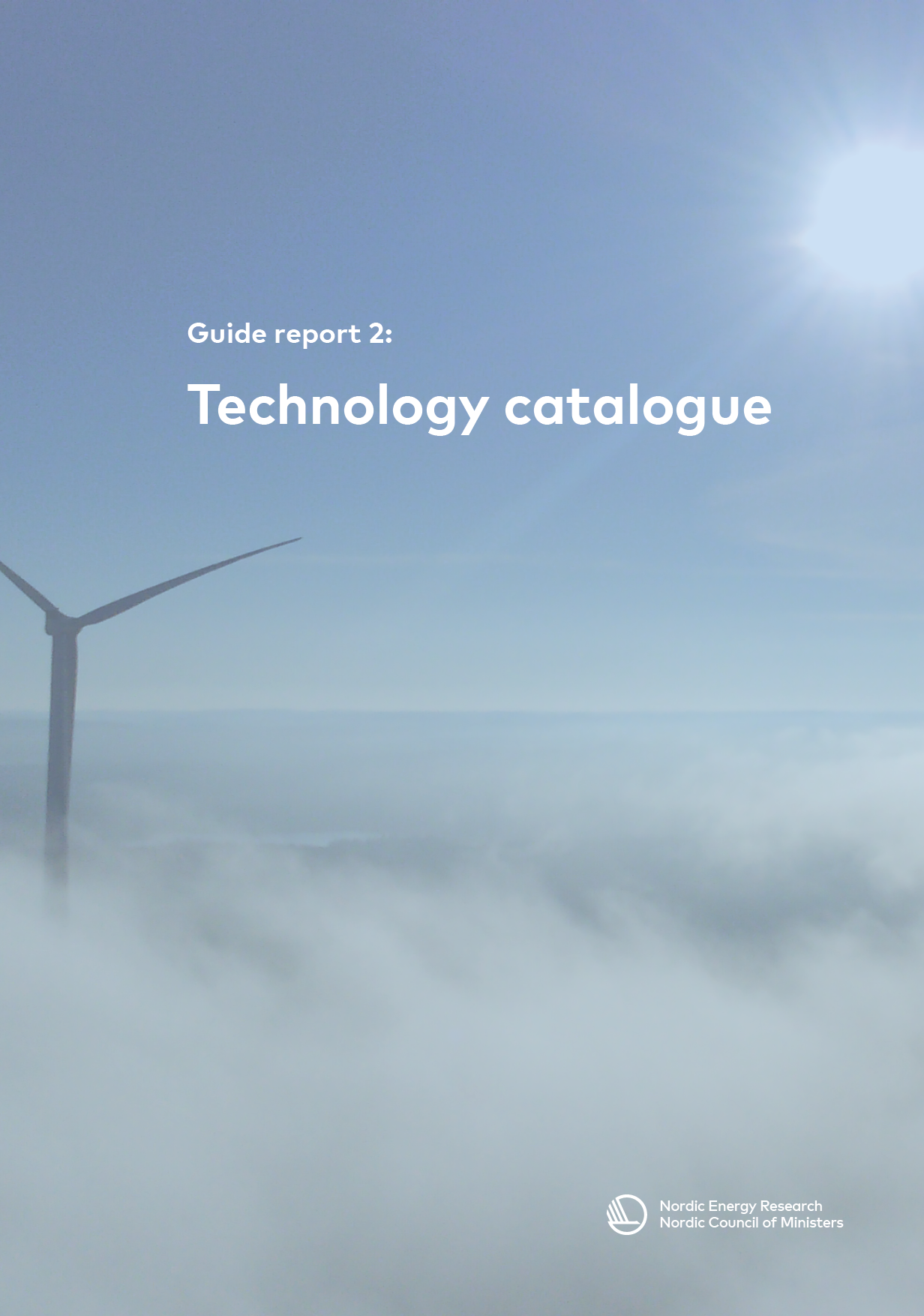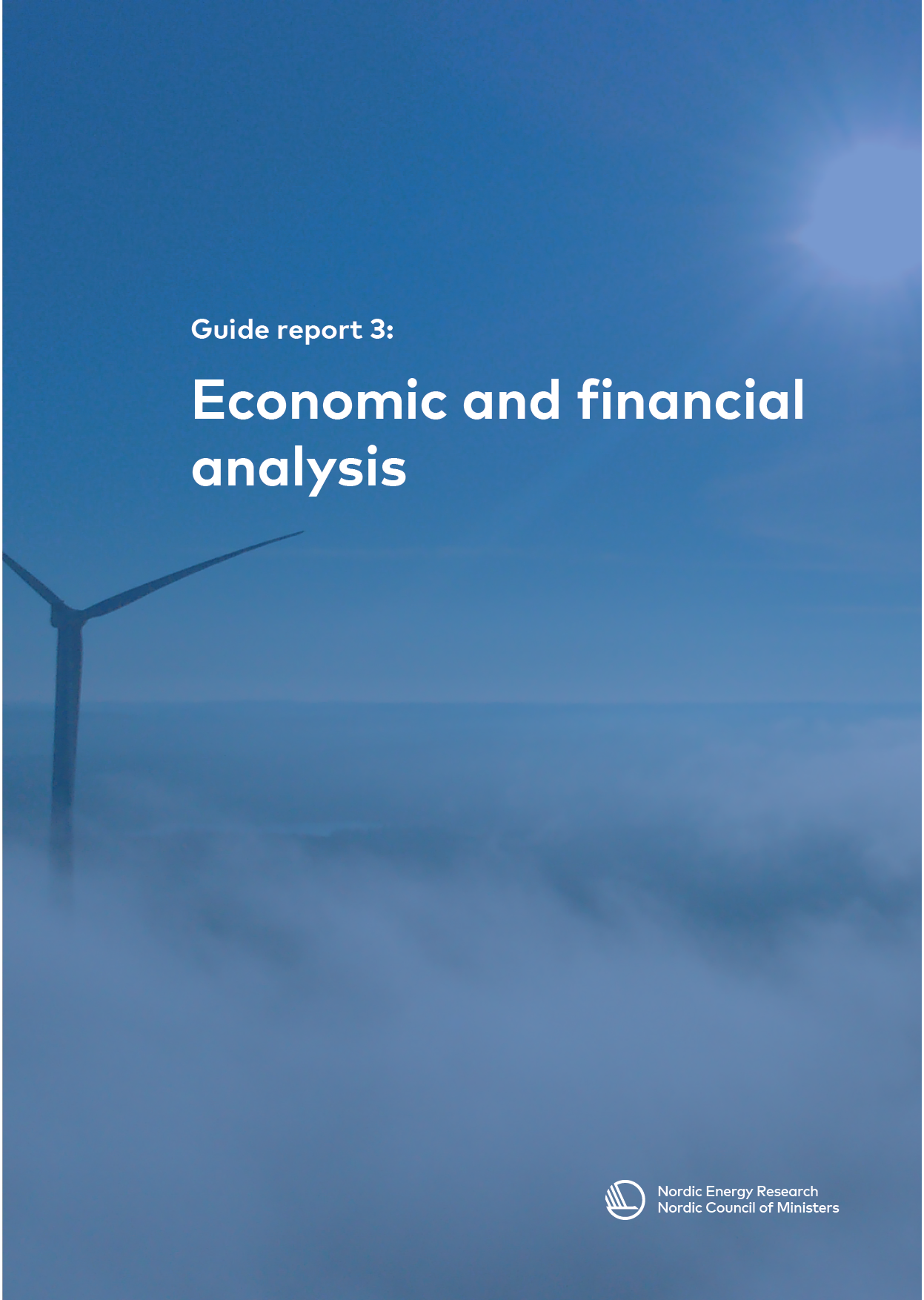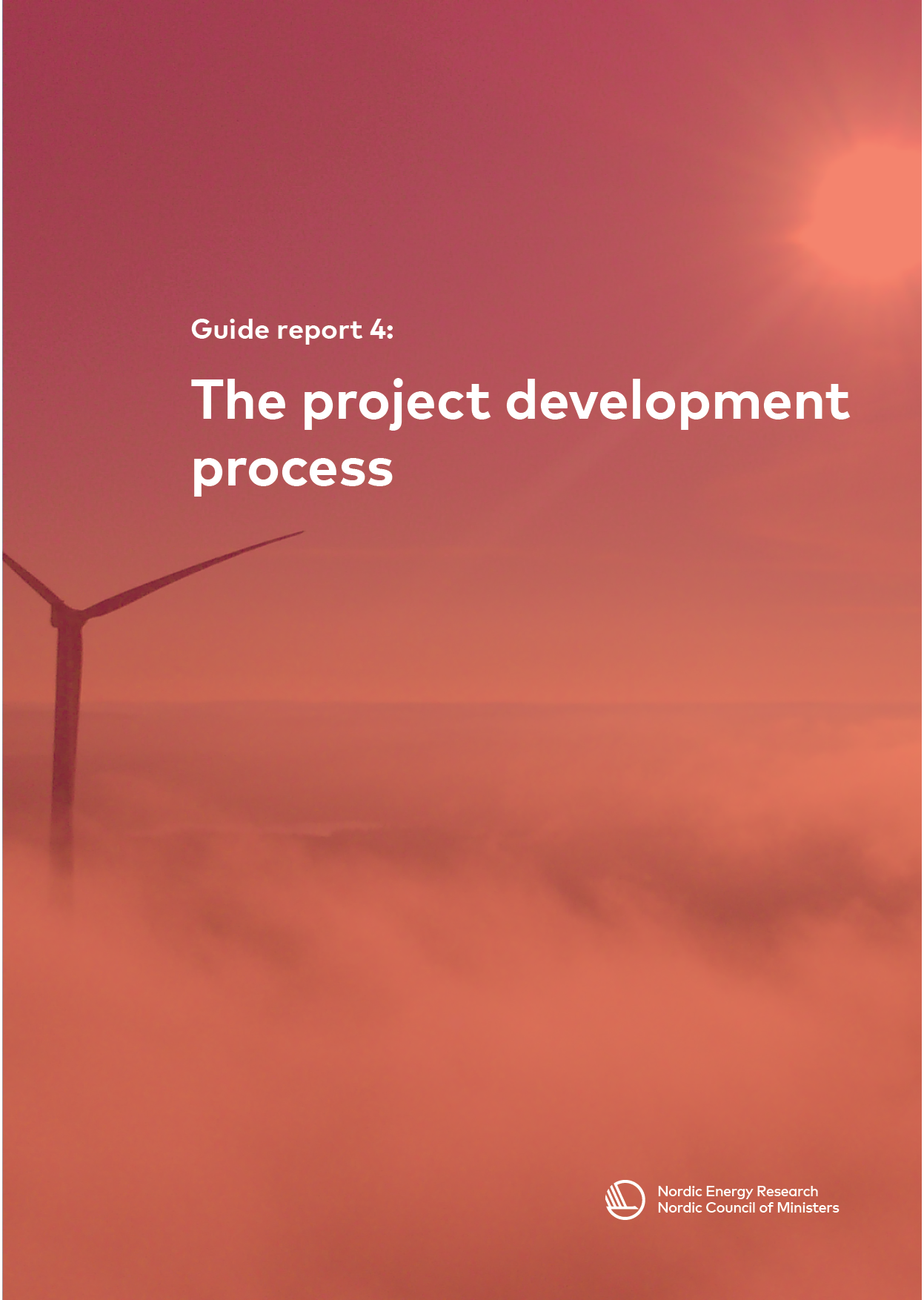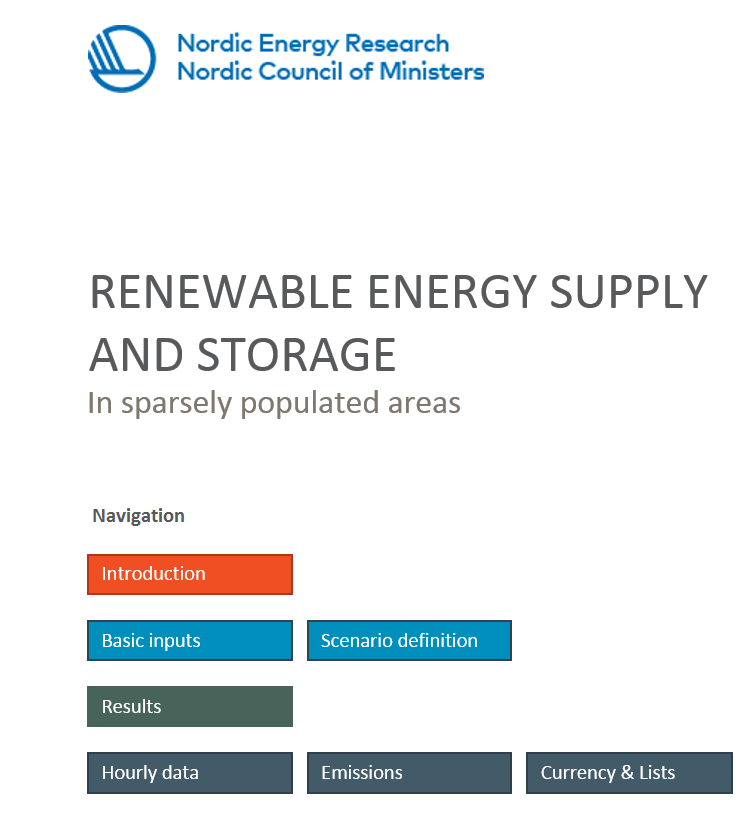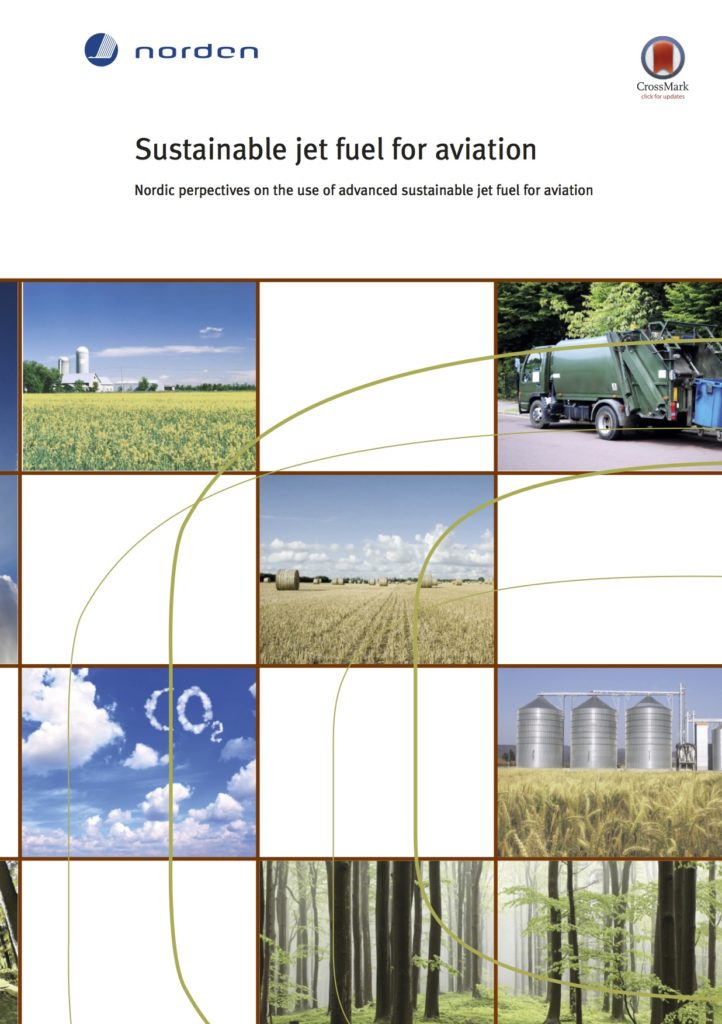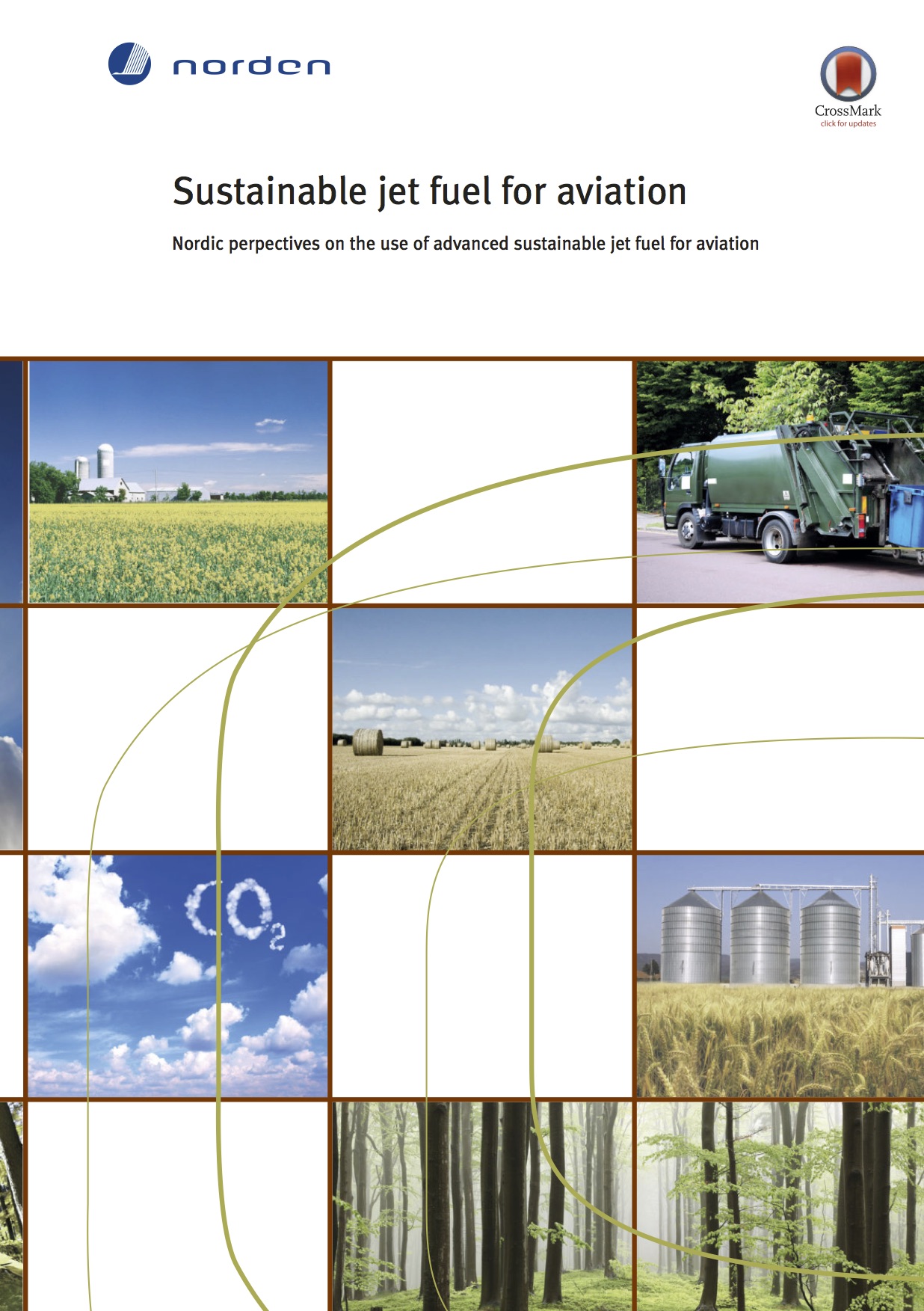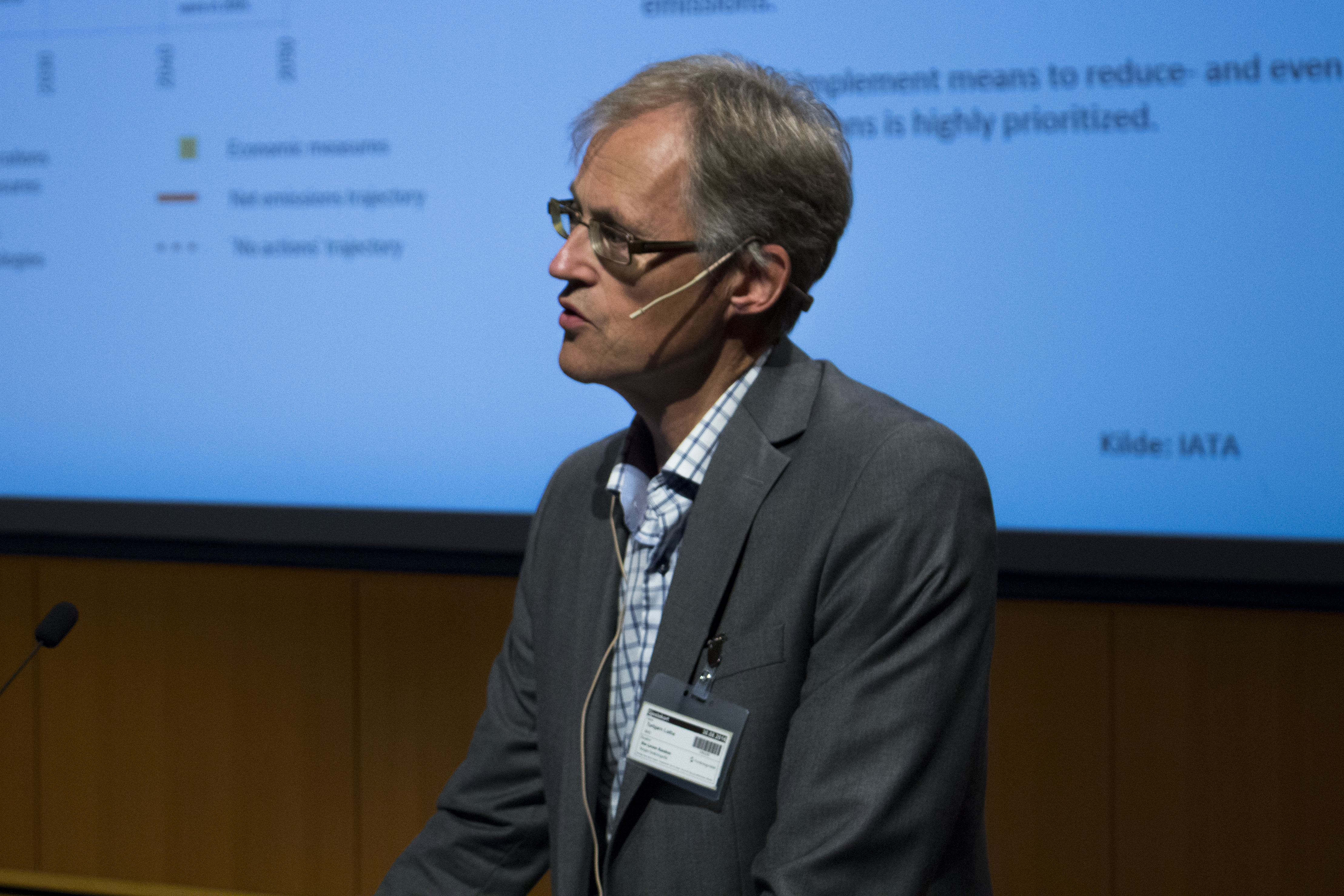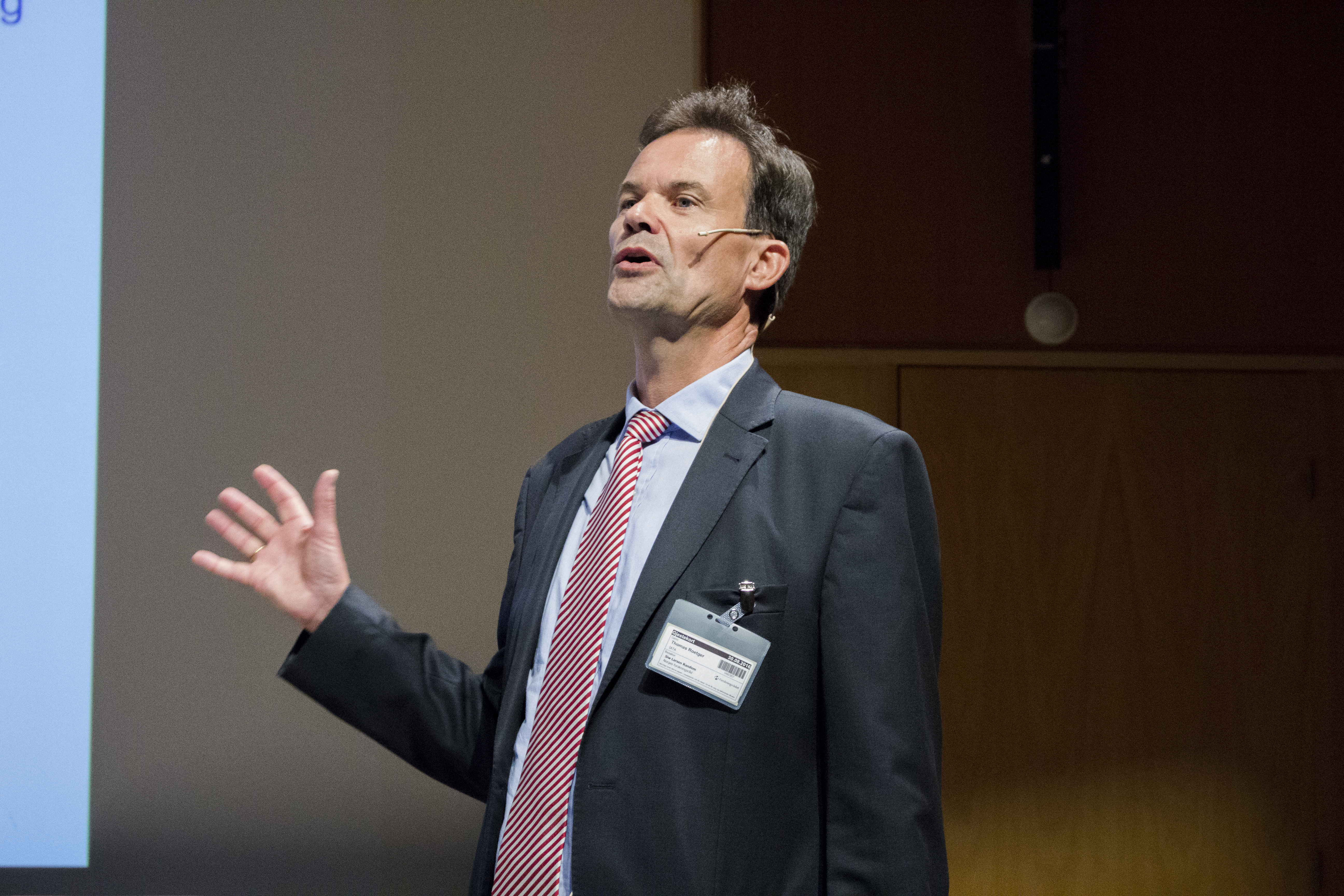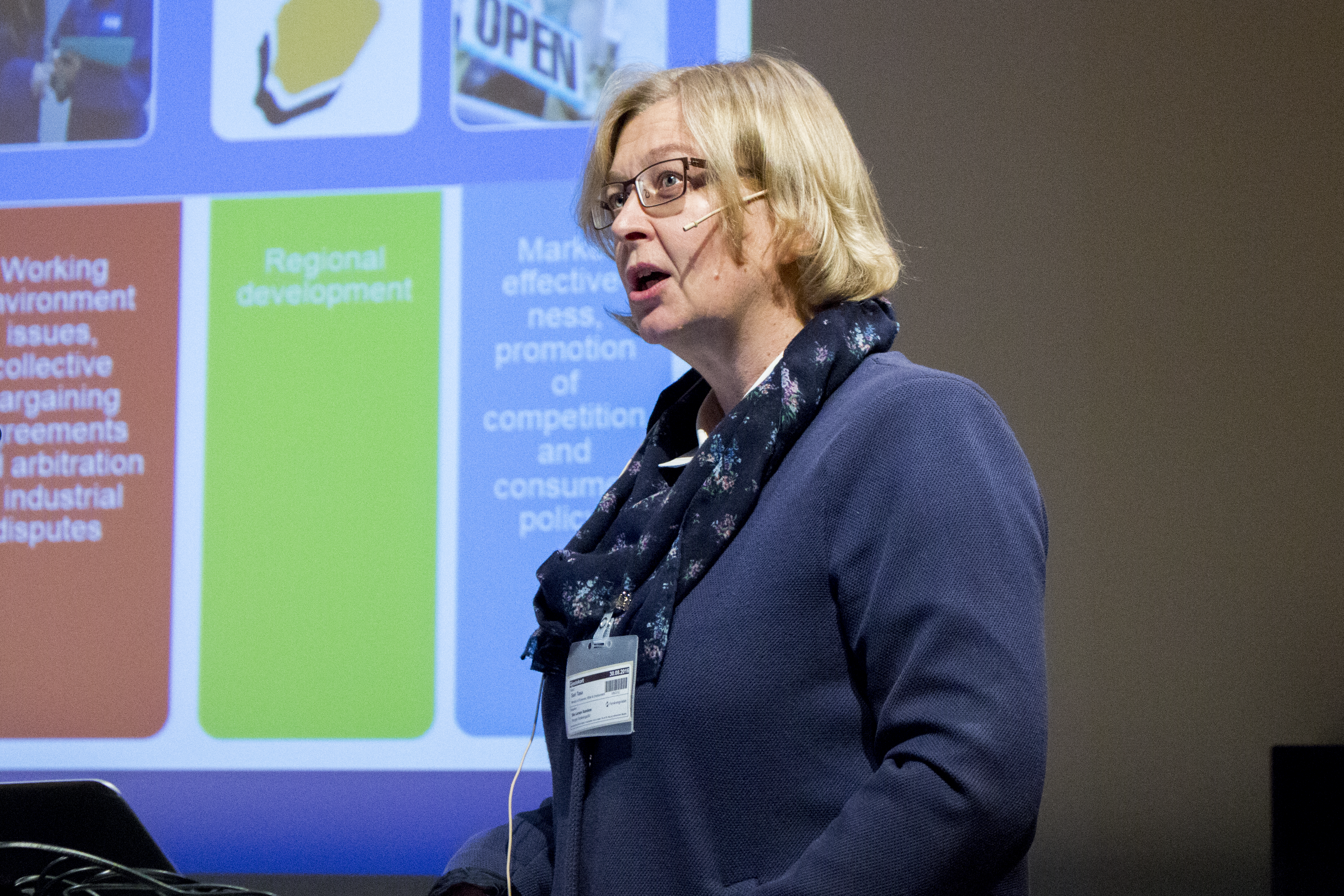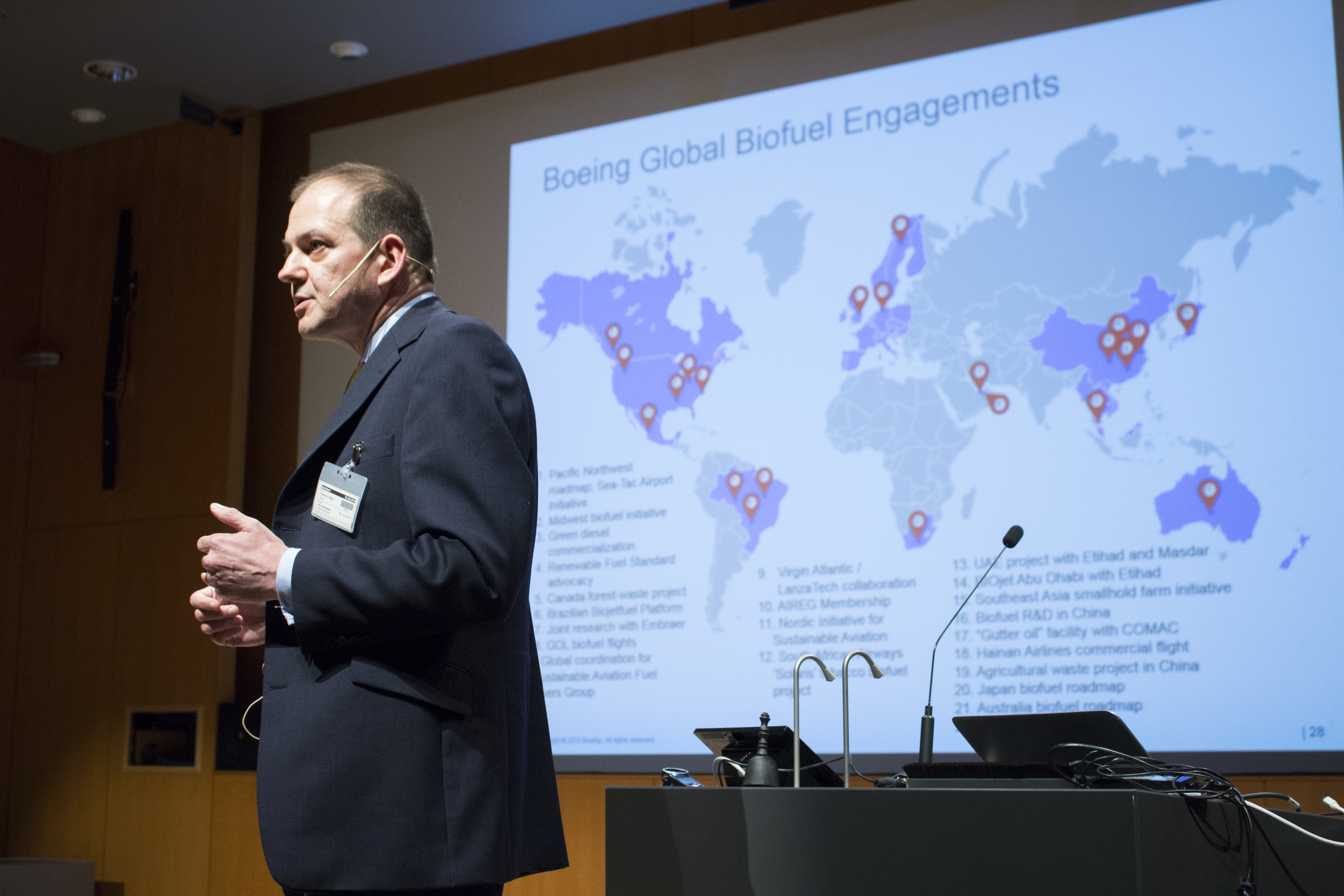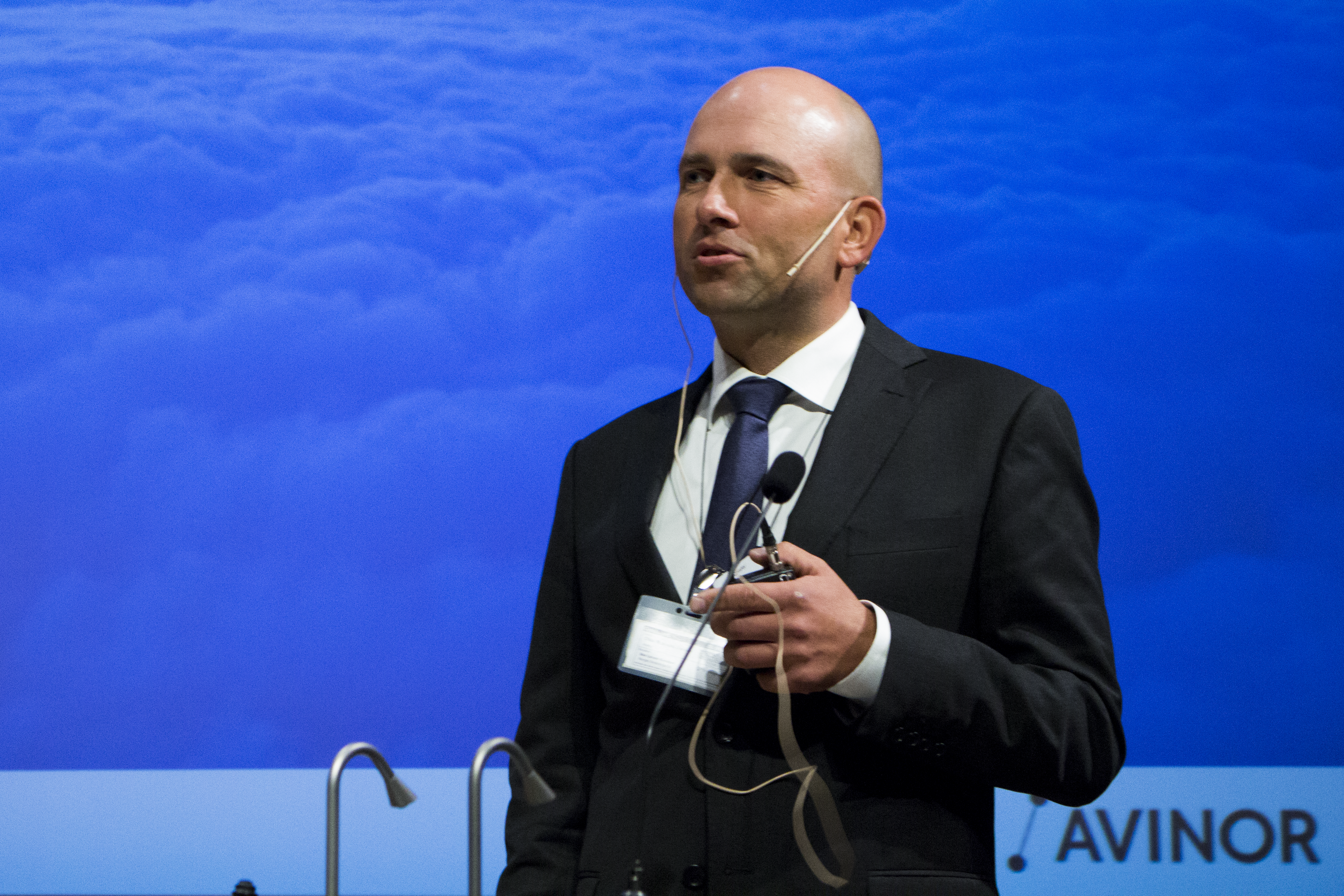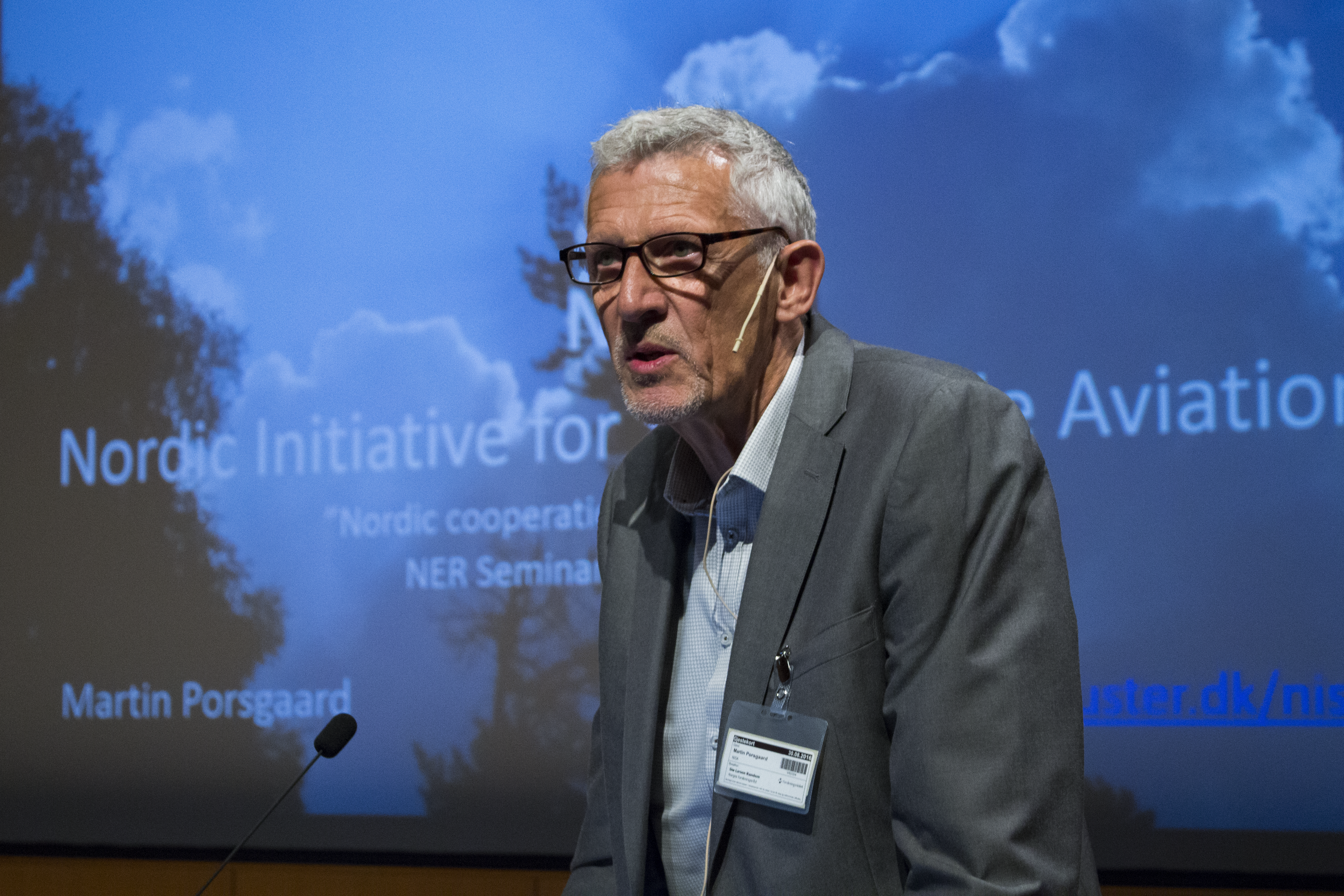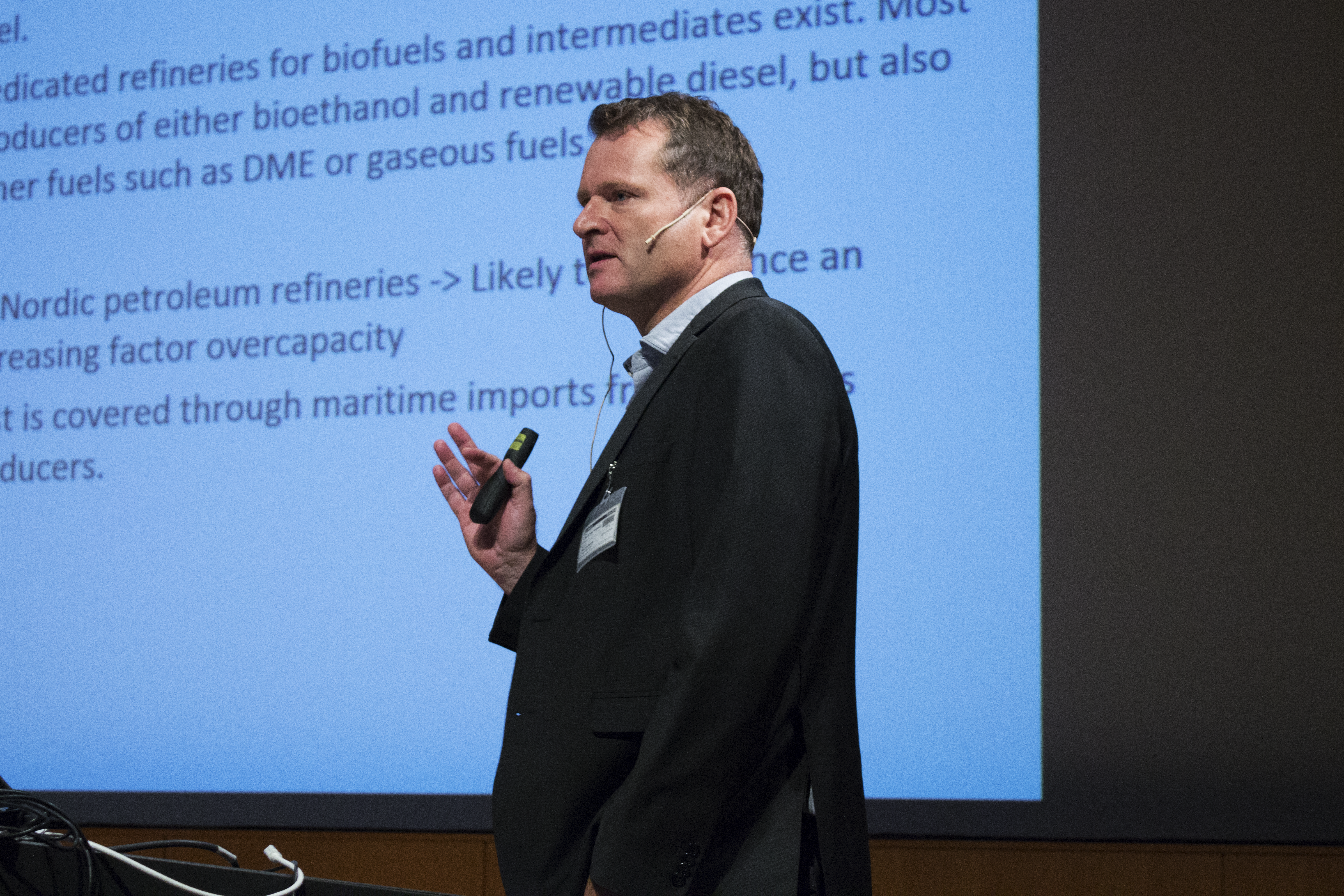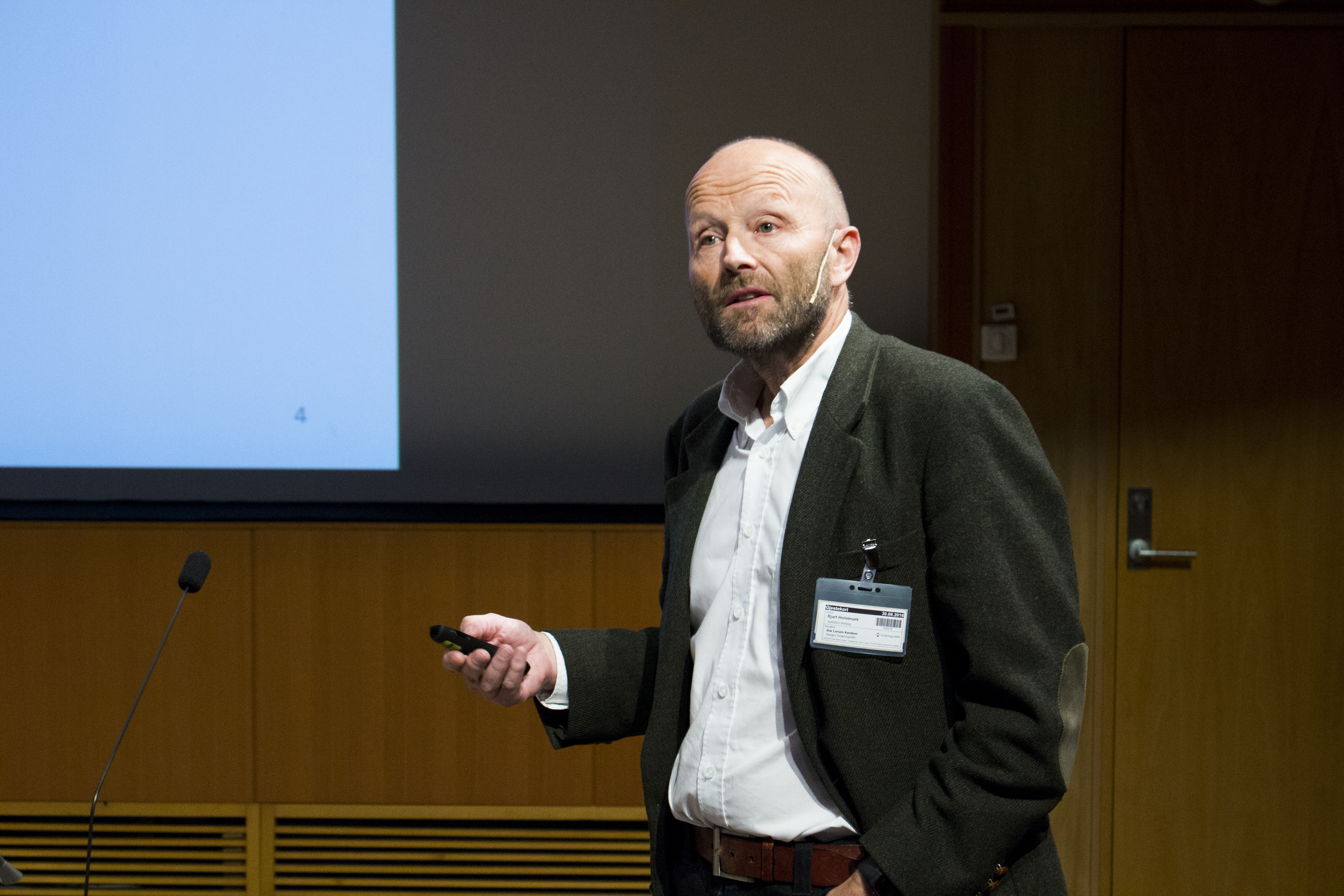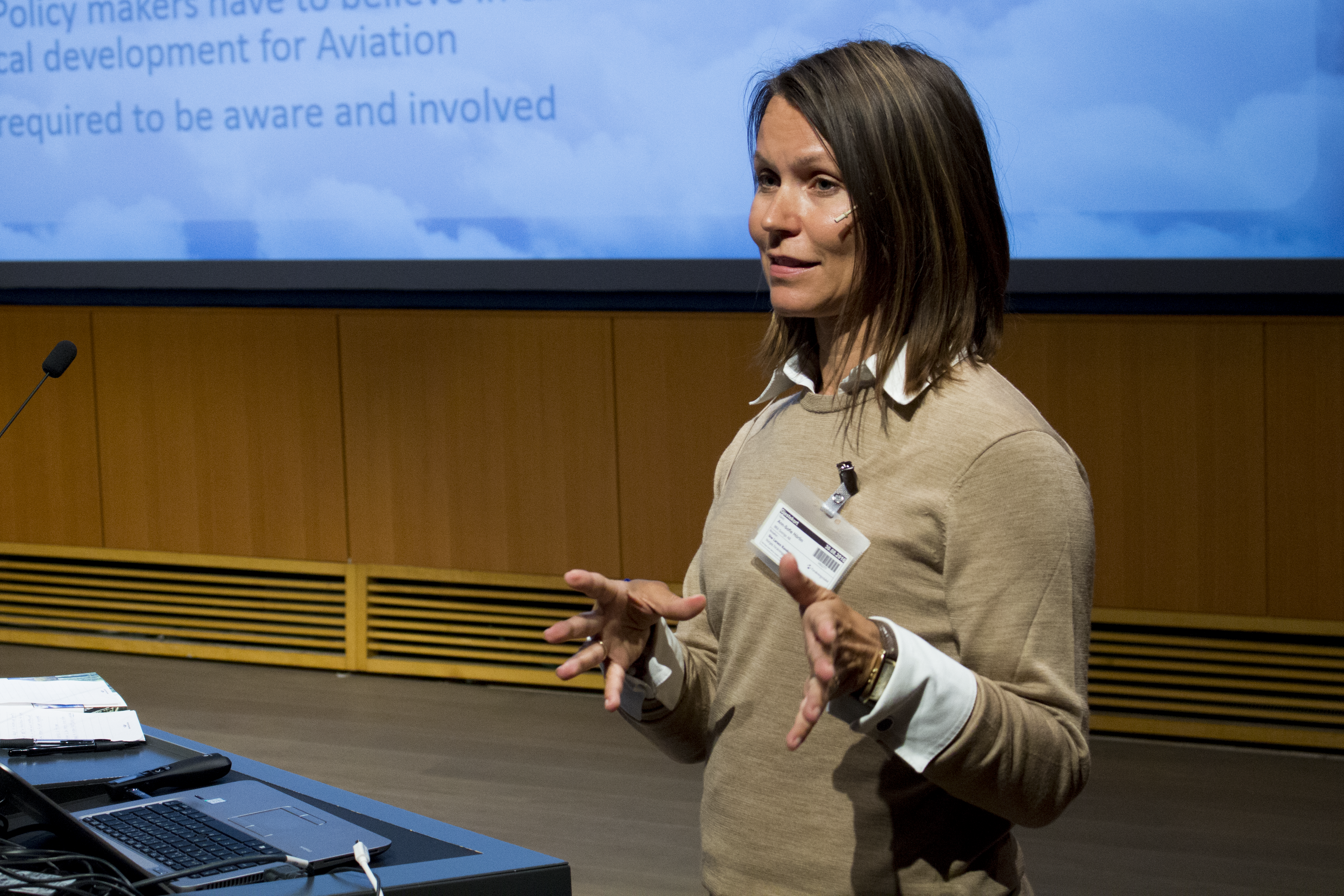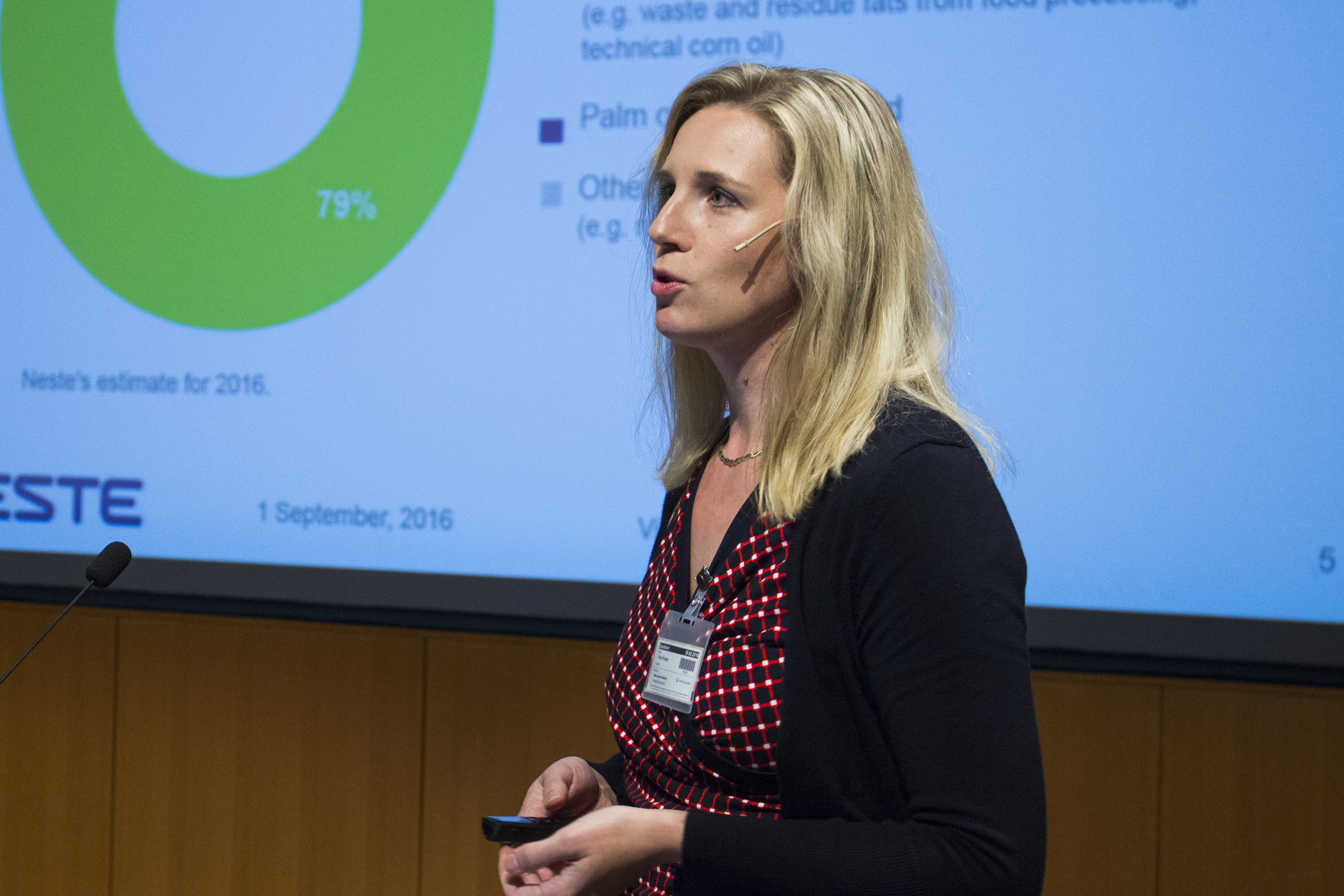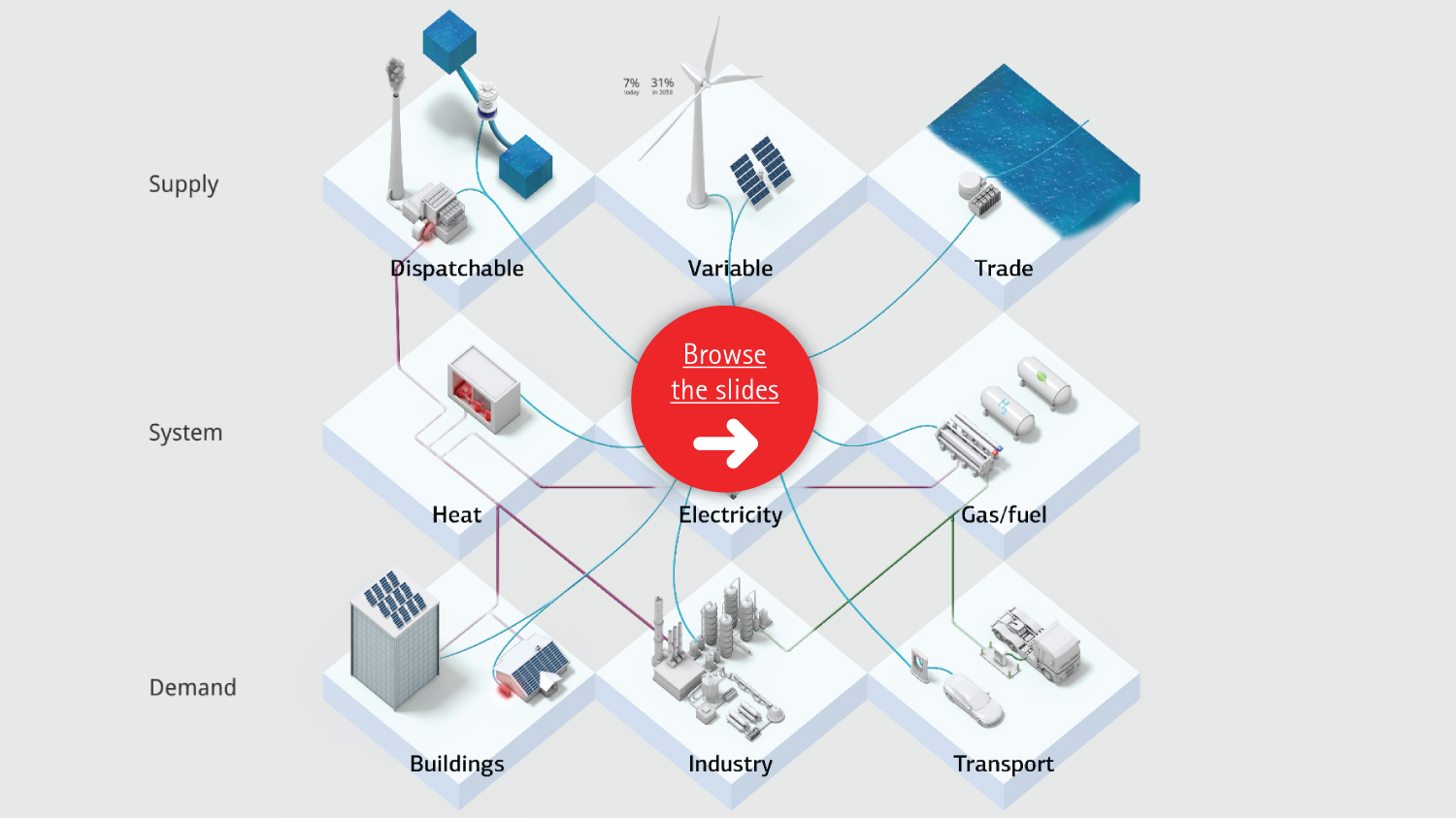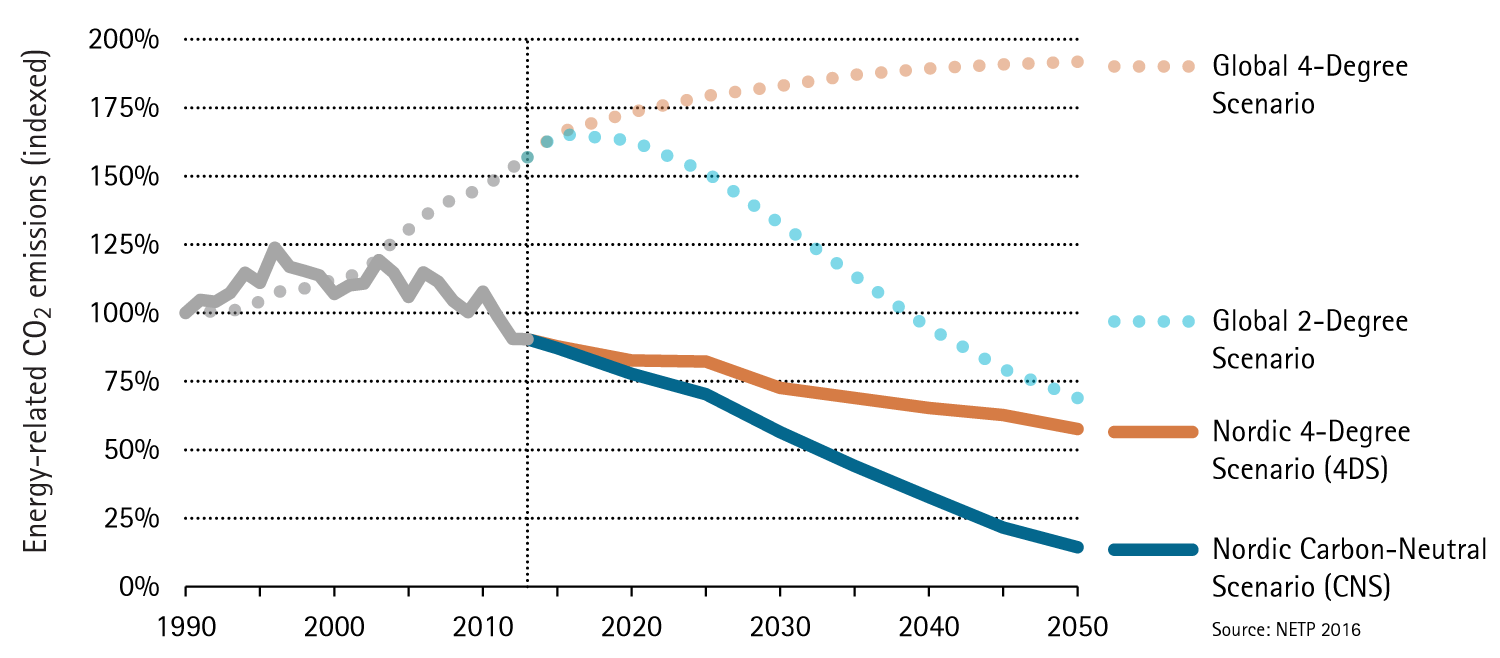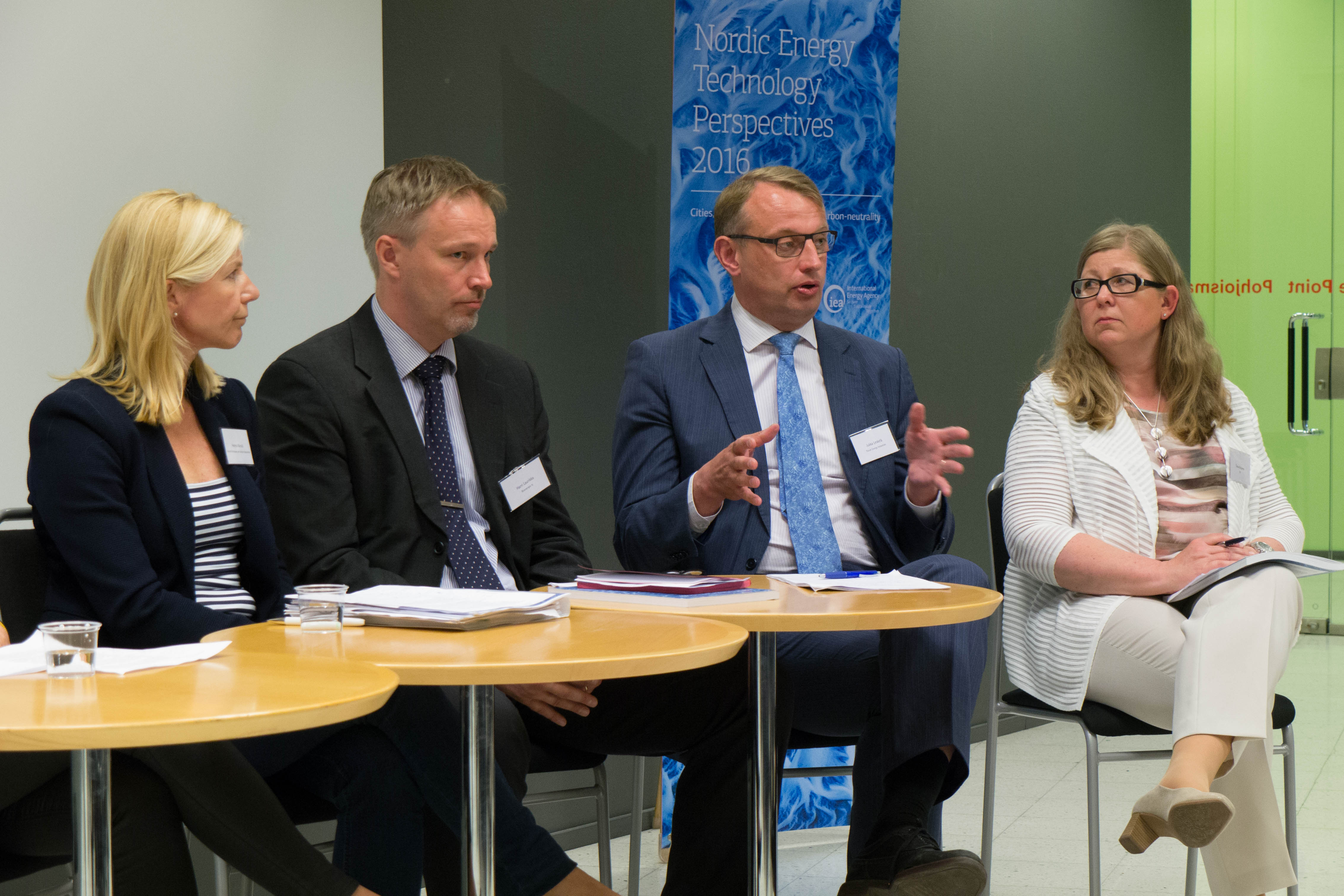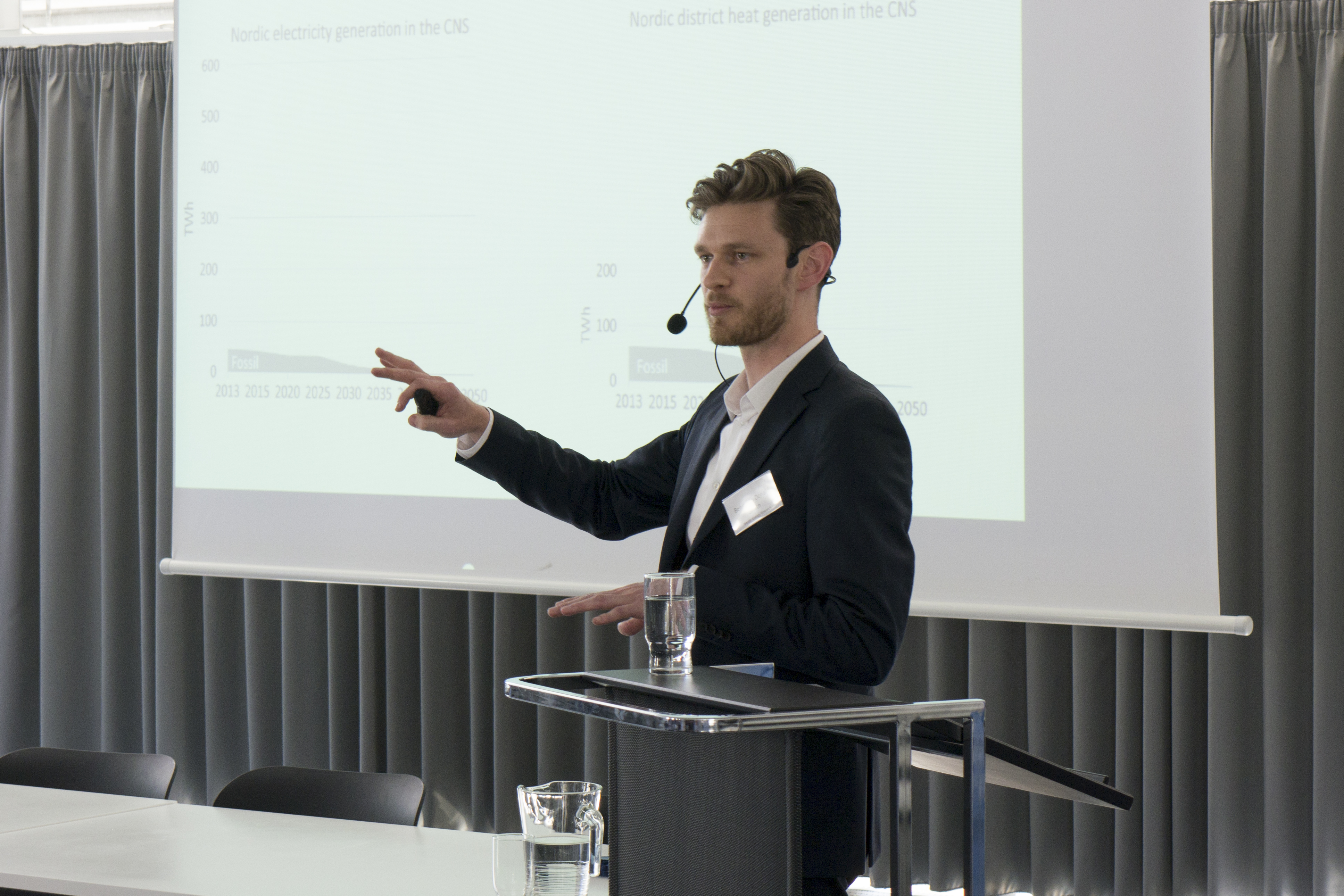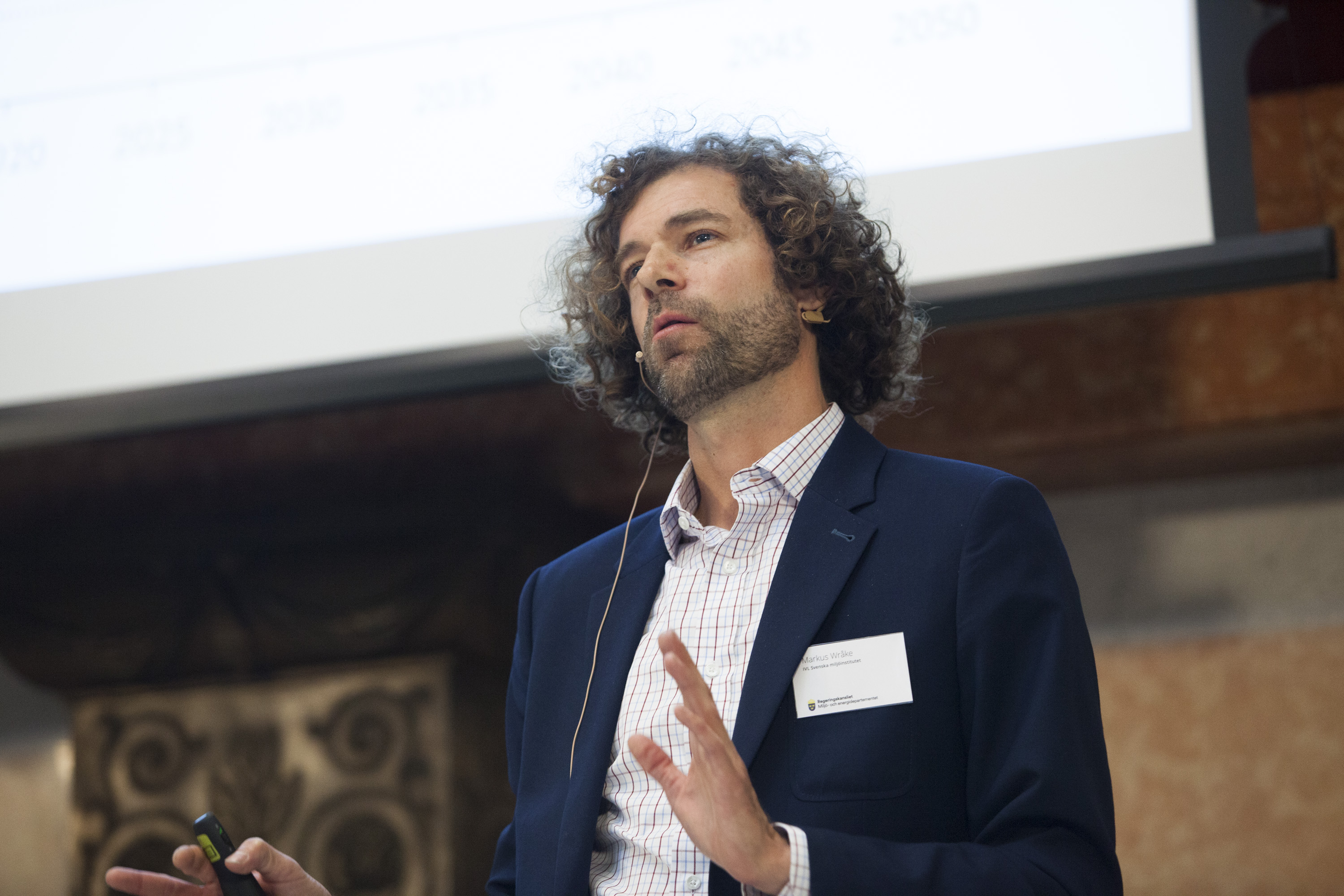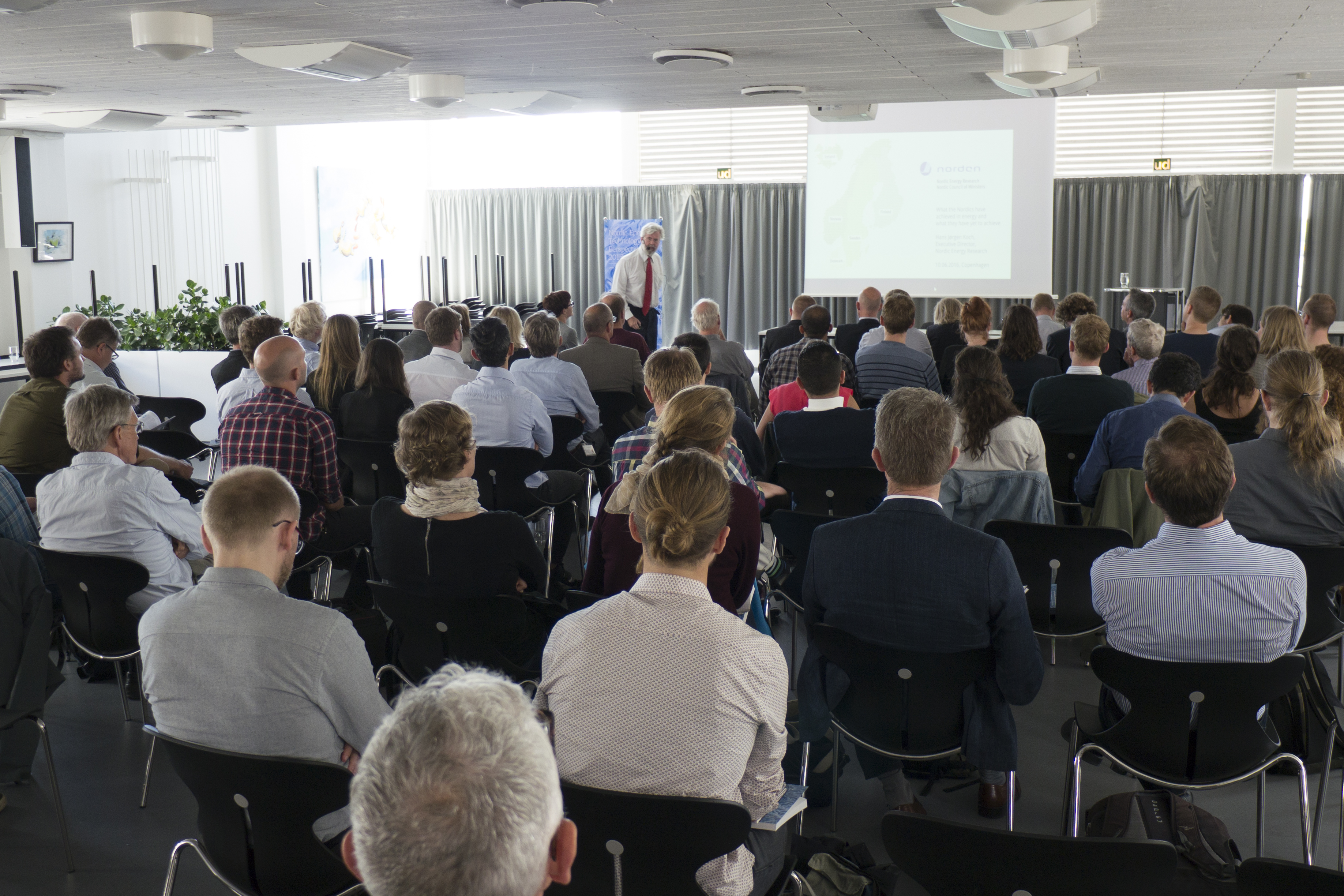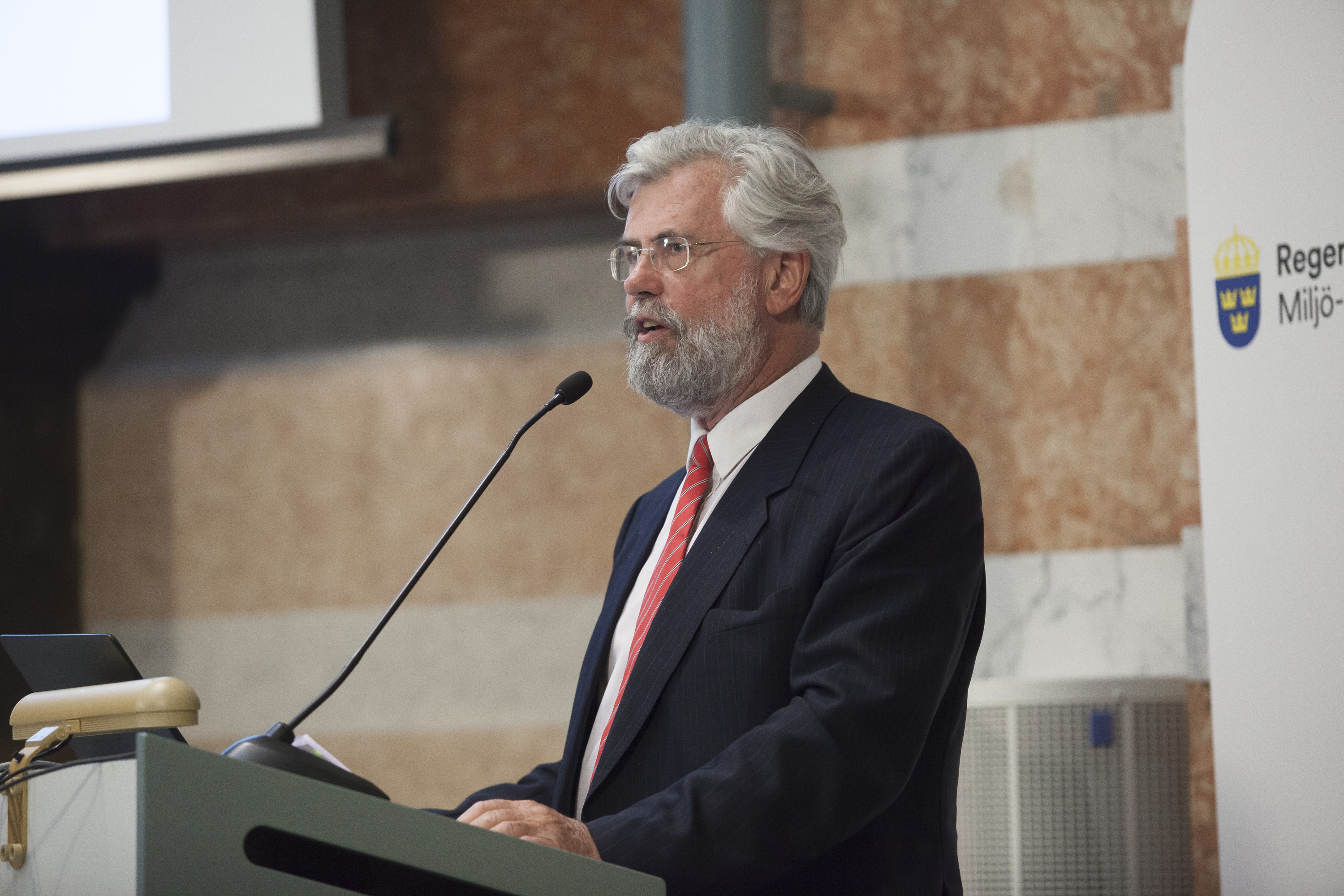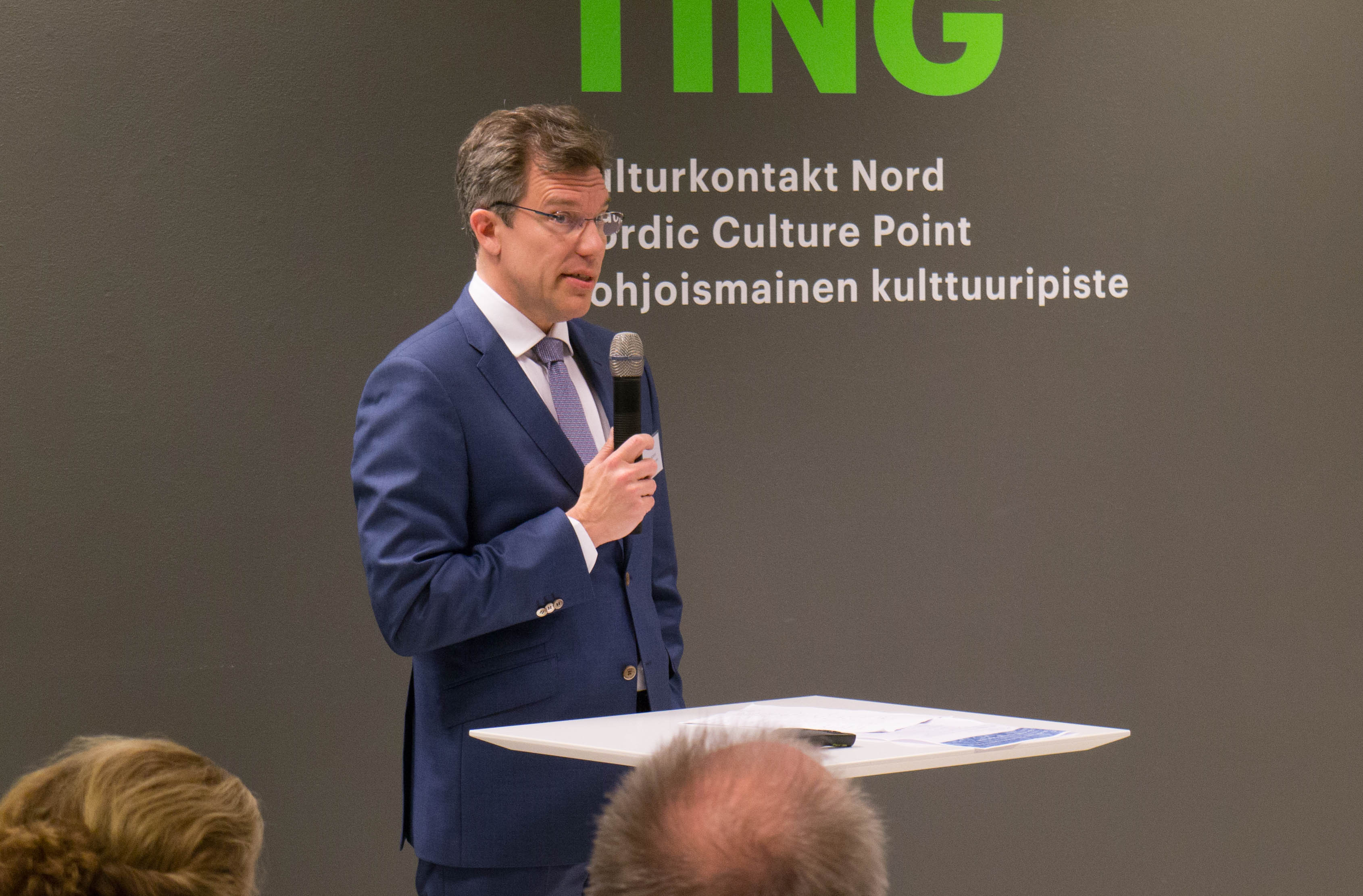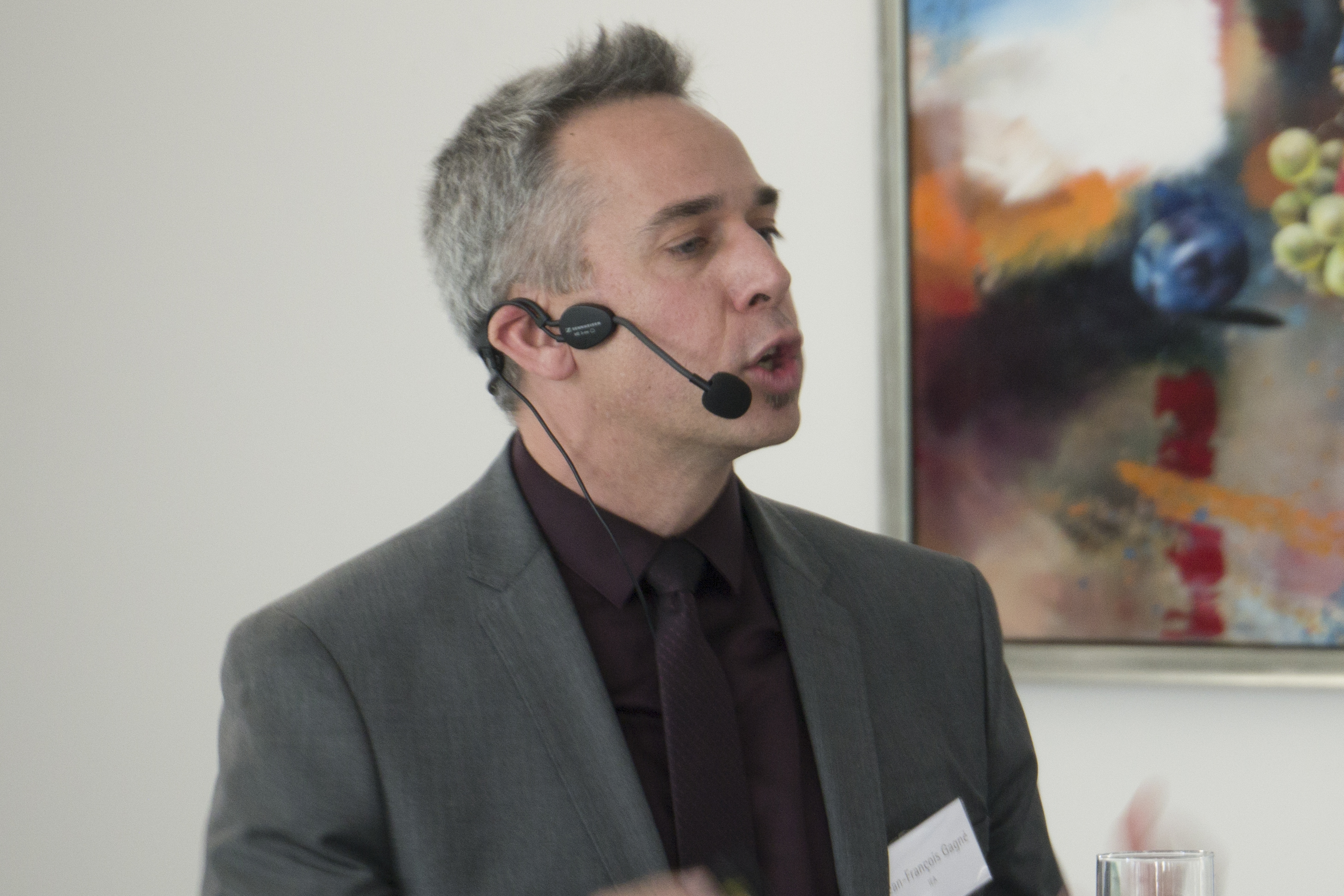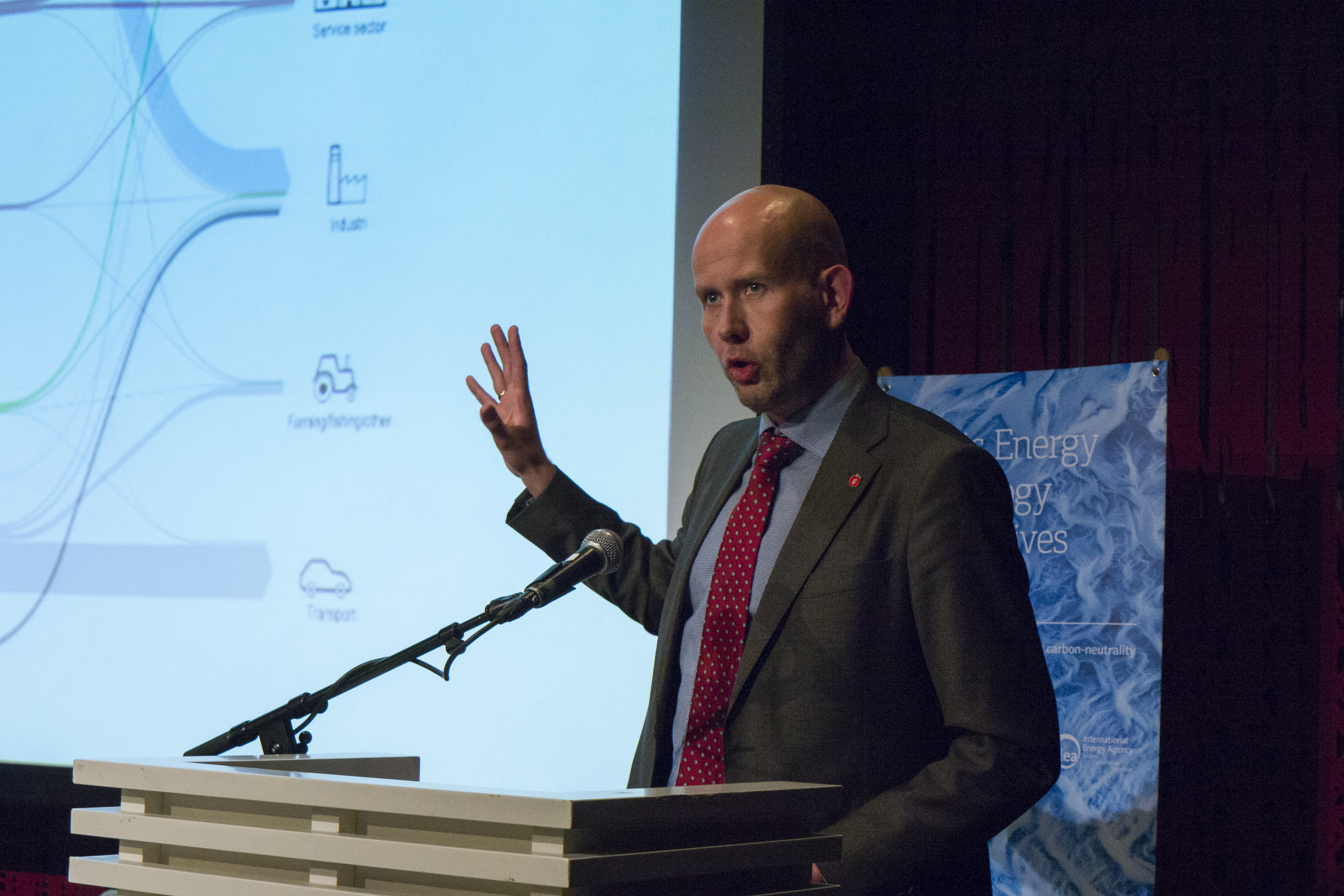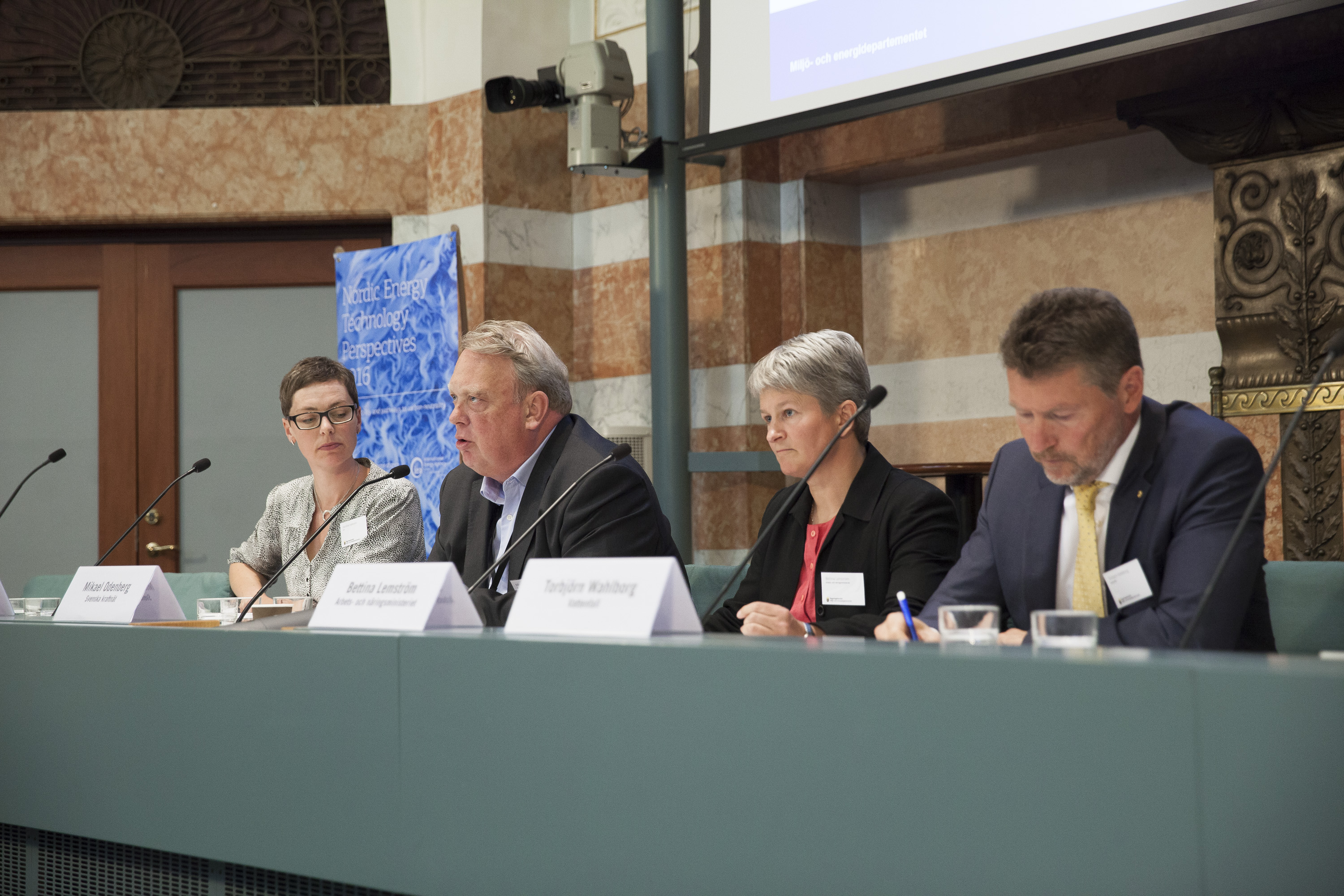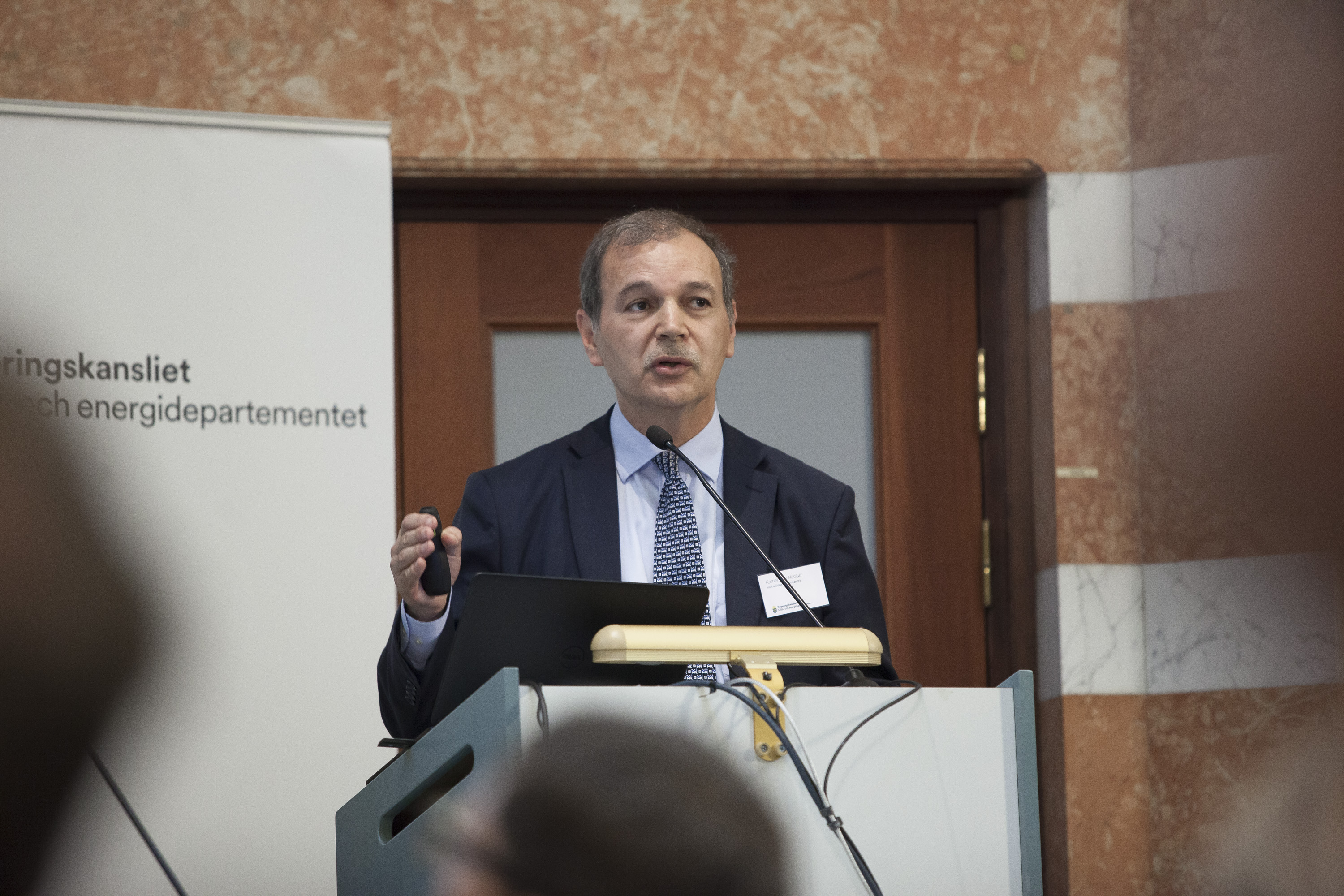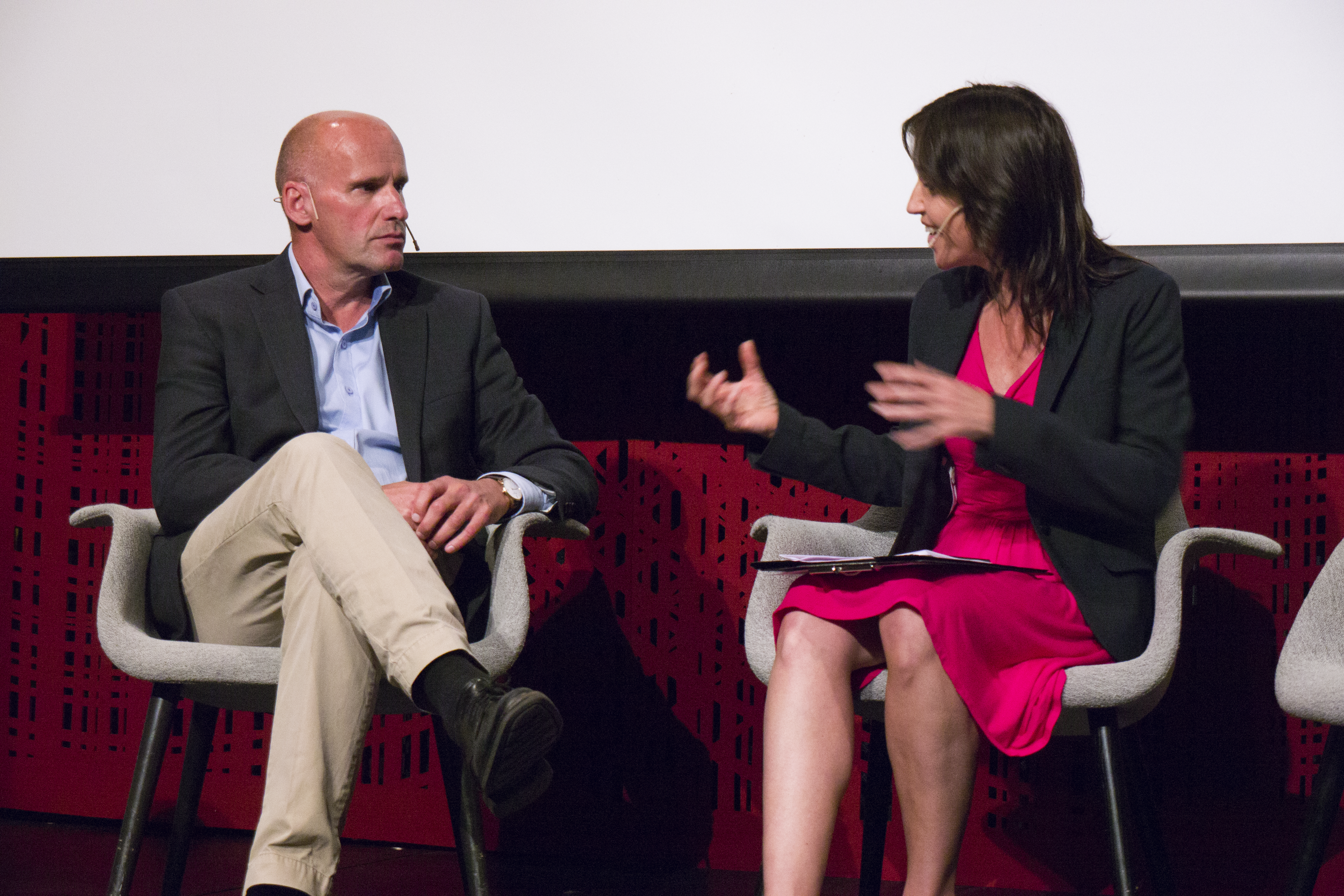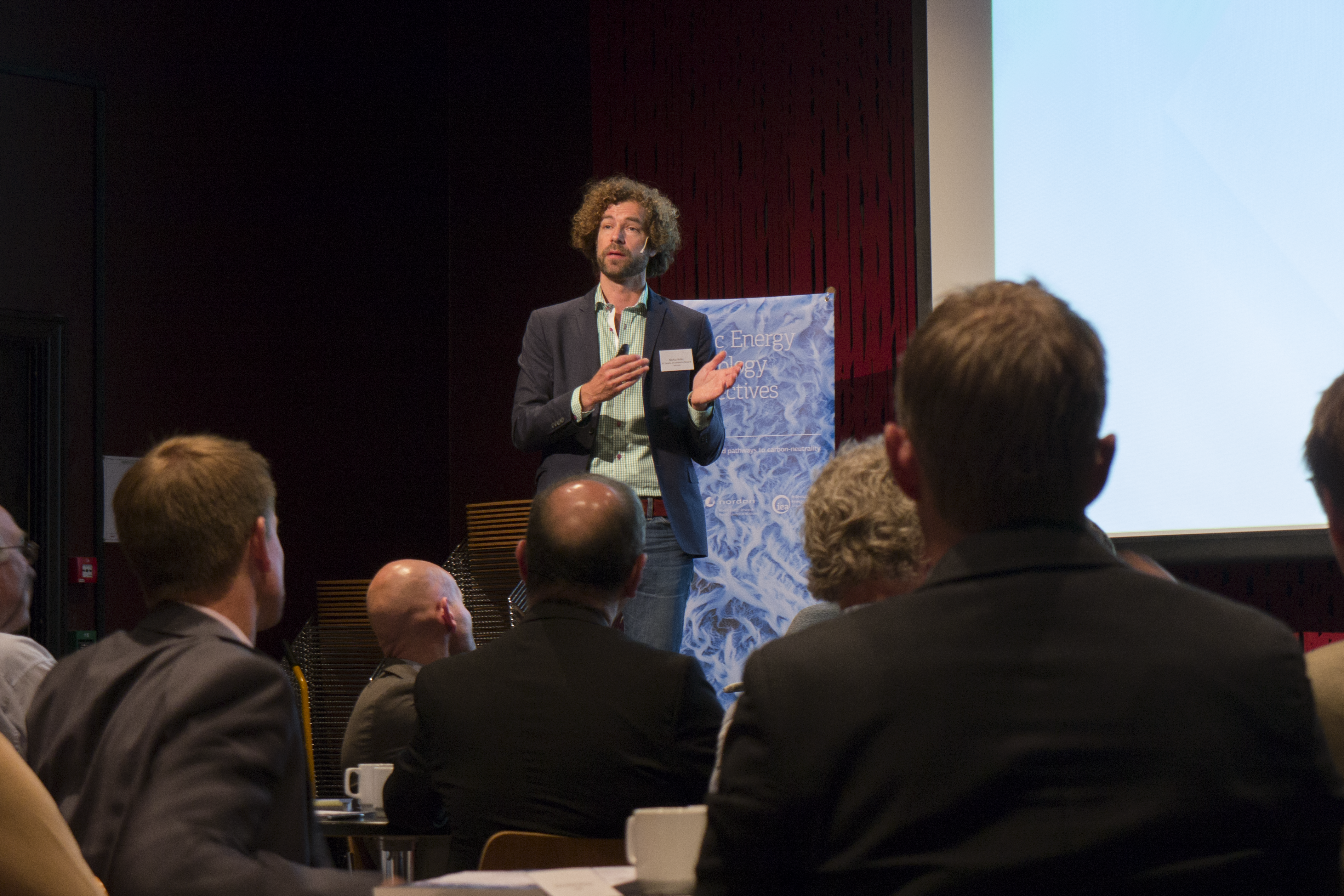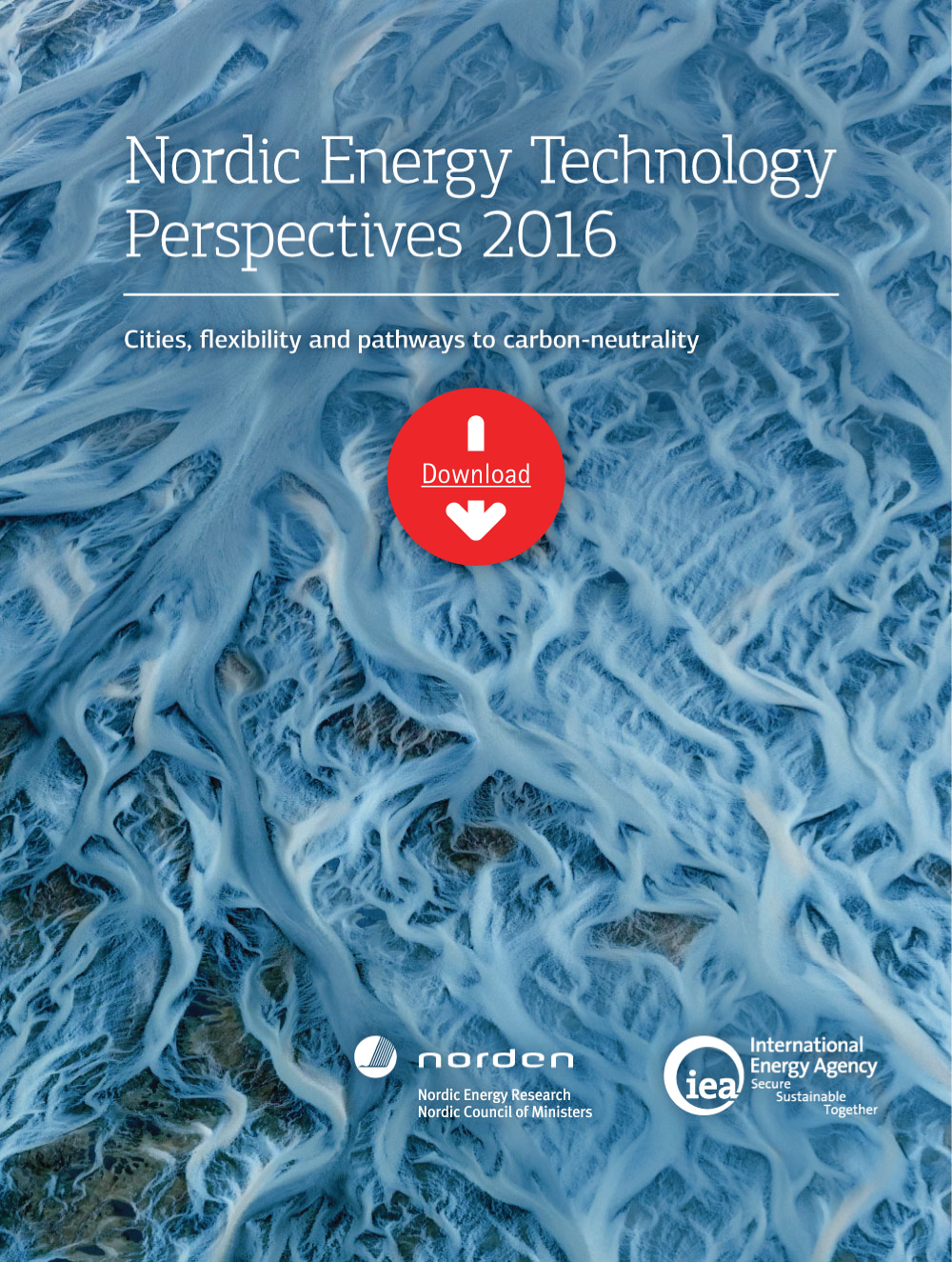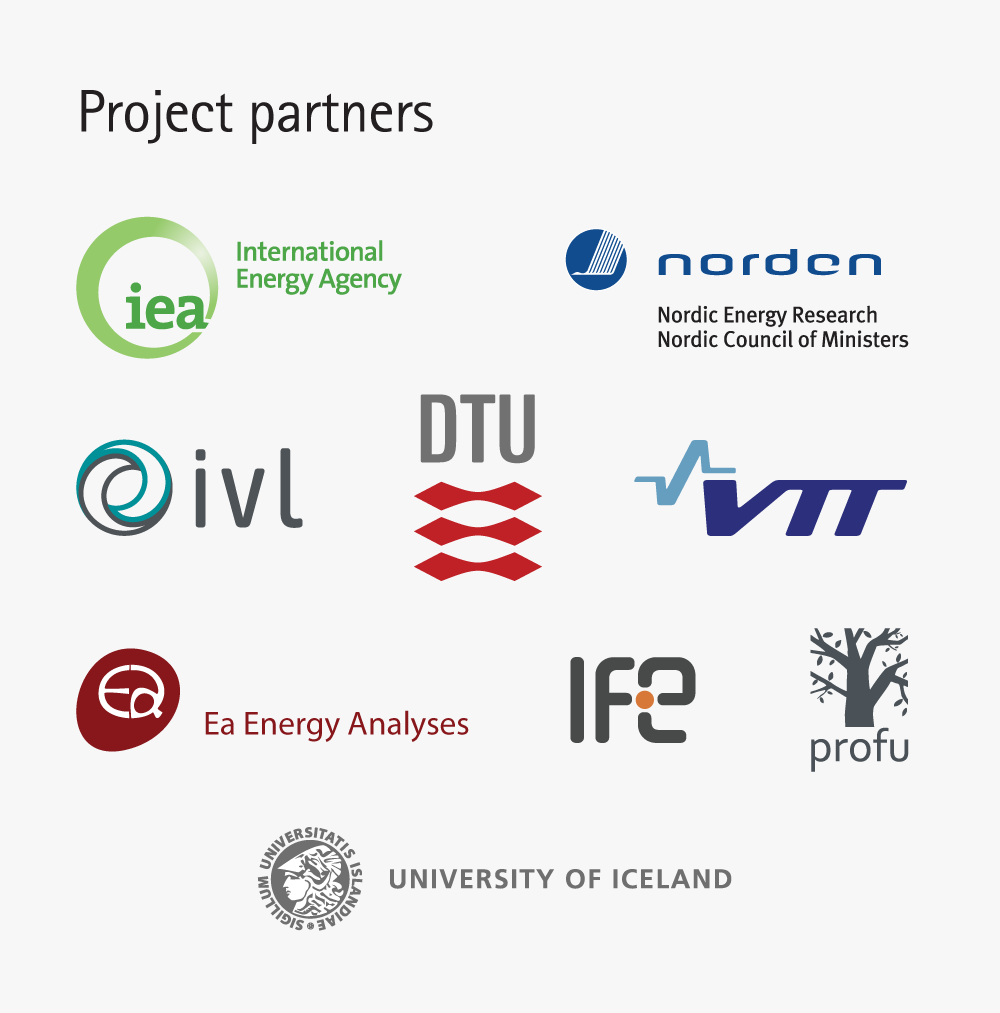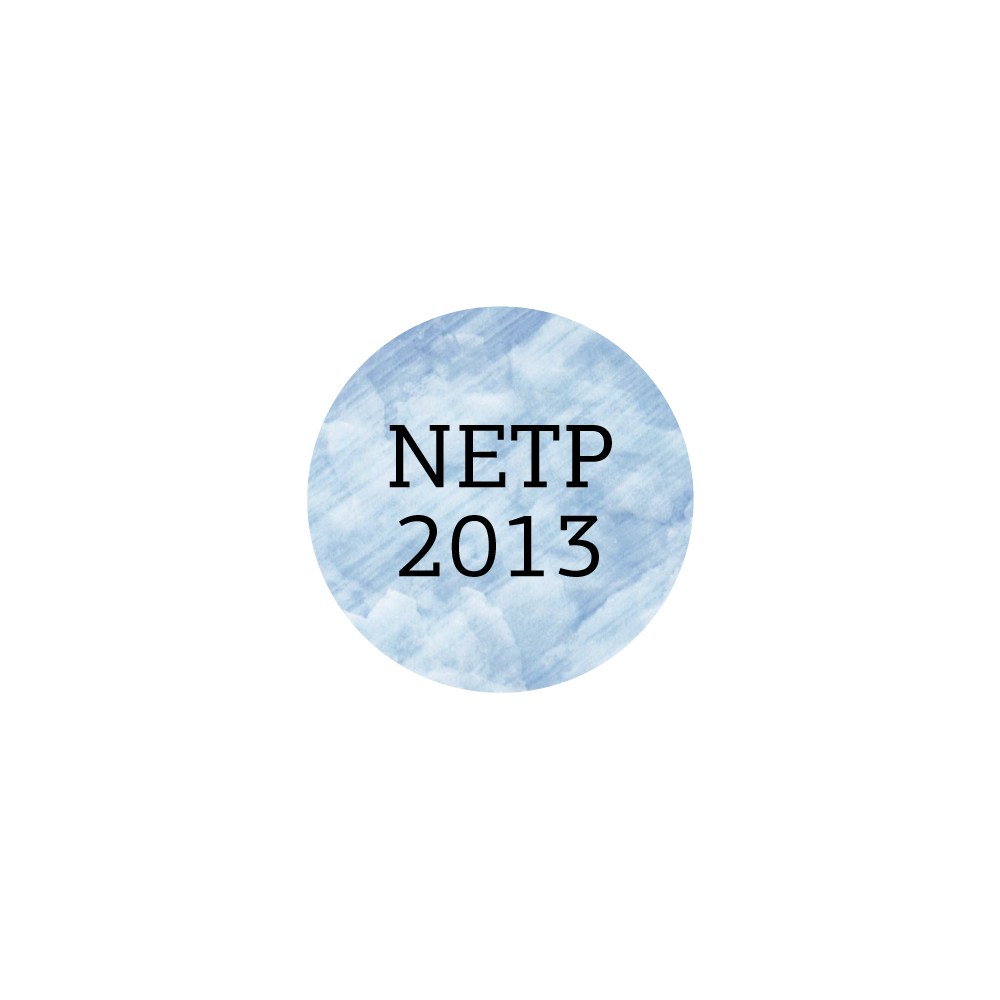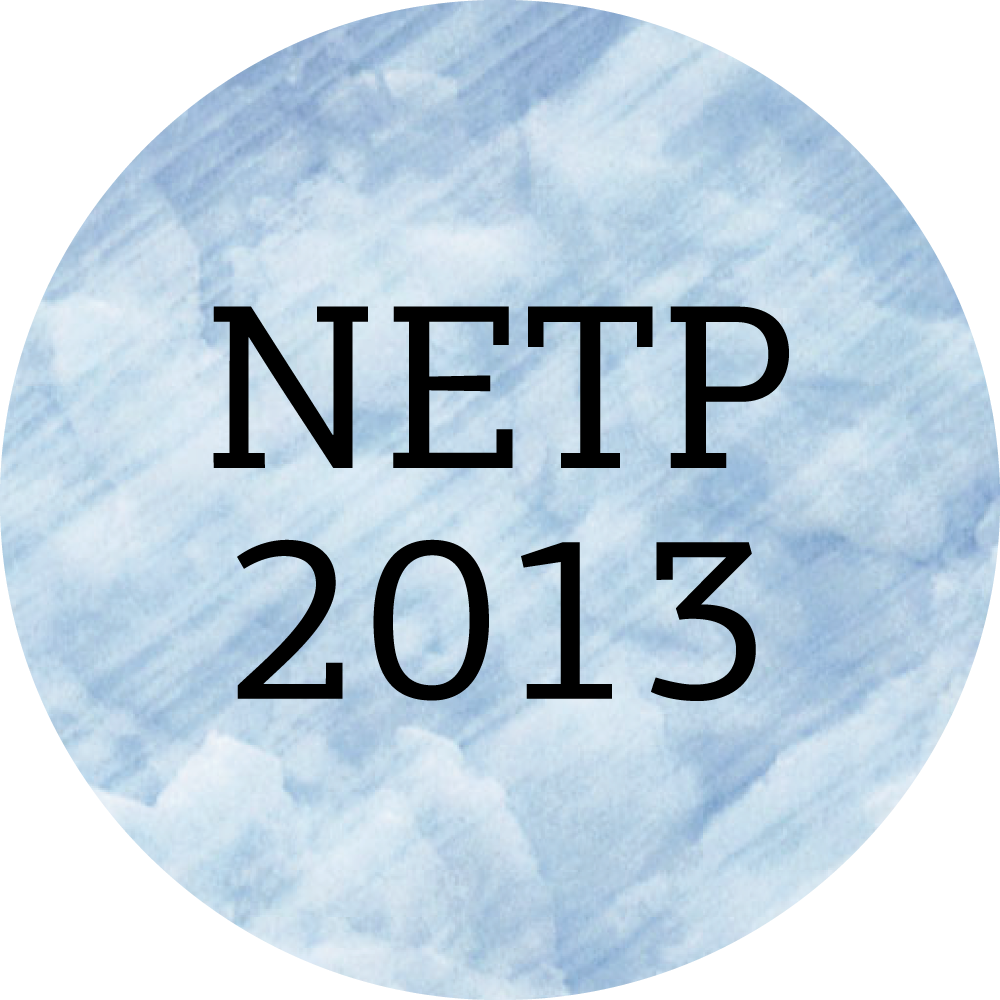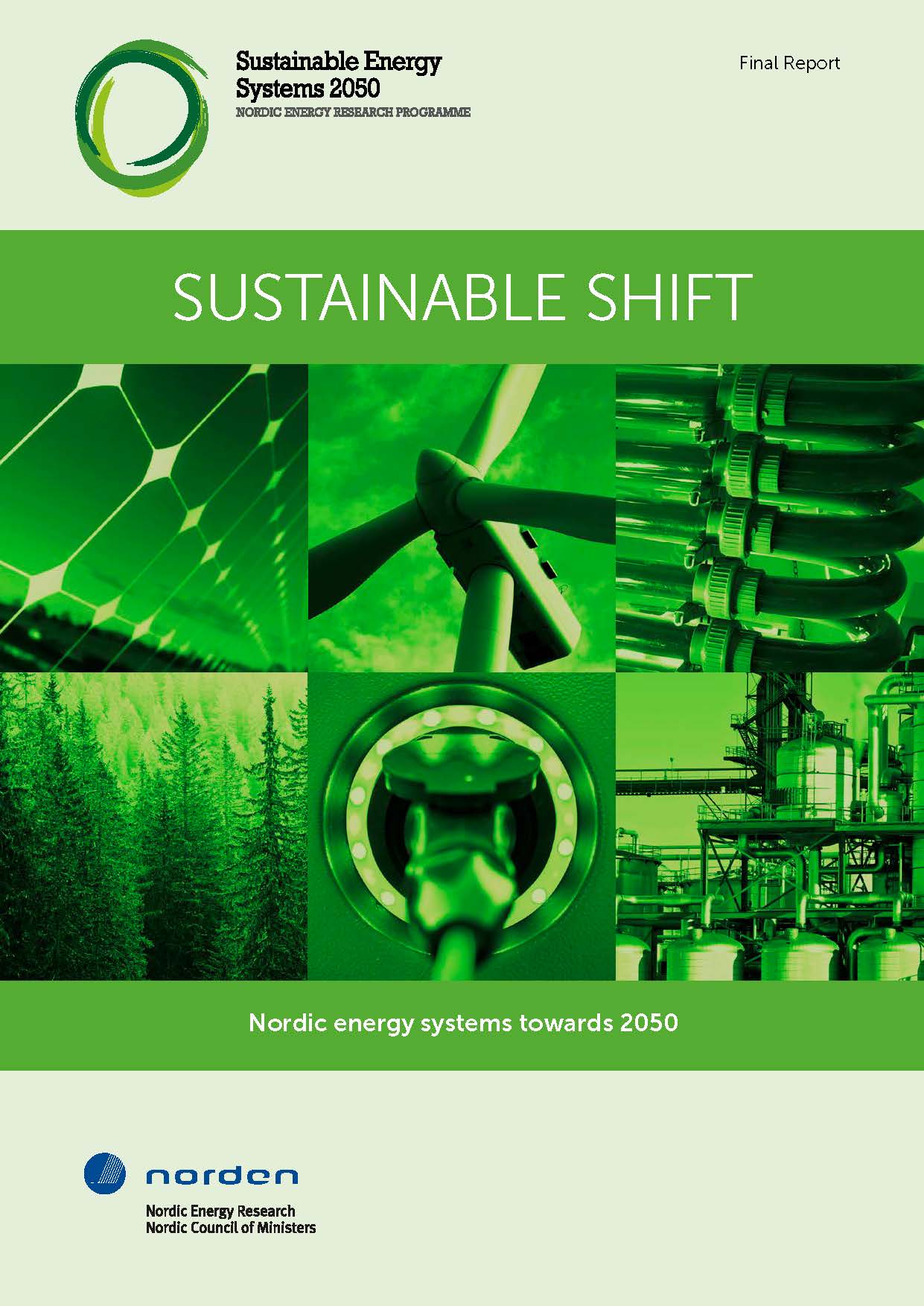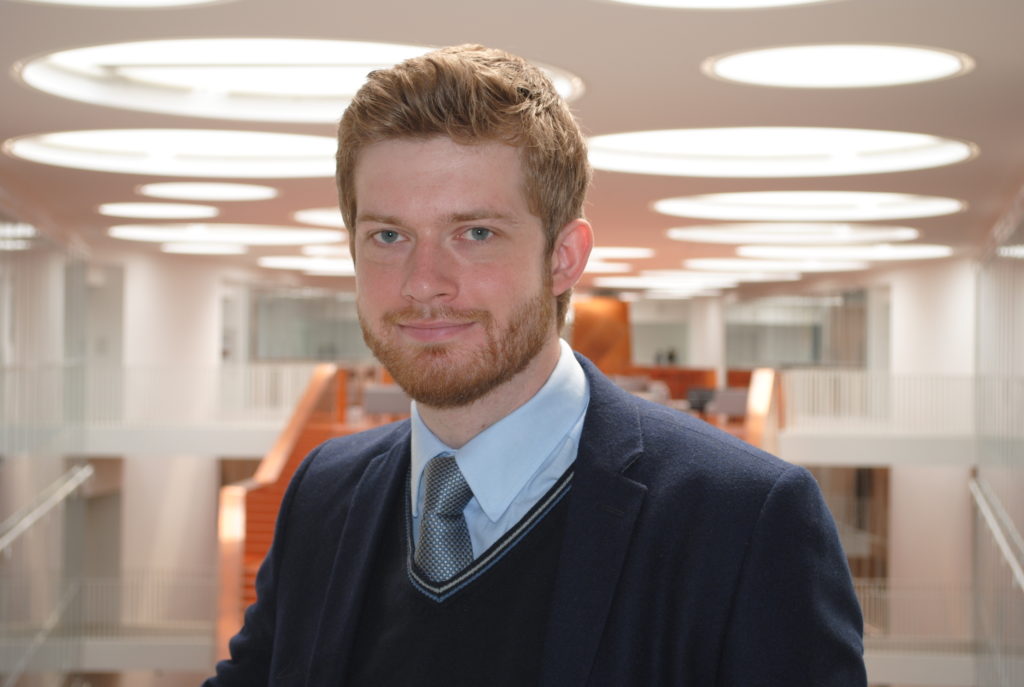
The three finalist for Nordic Energy Challenge 2020
The jury behind the Nordic Energy Challenge has awarded a winner and second and third place in the 2020 final. Simon Vilms Pedersen from University of Southern Denmark (SDU) with the…
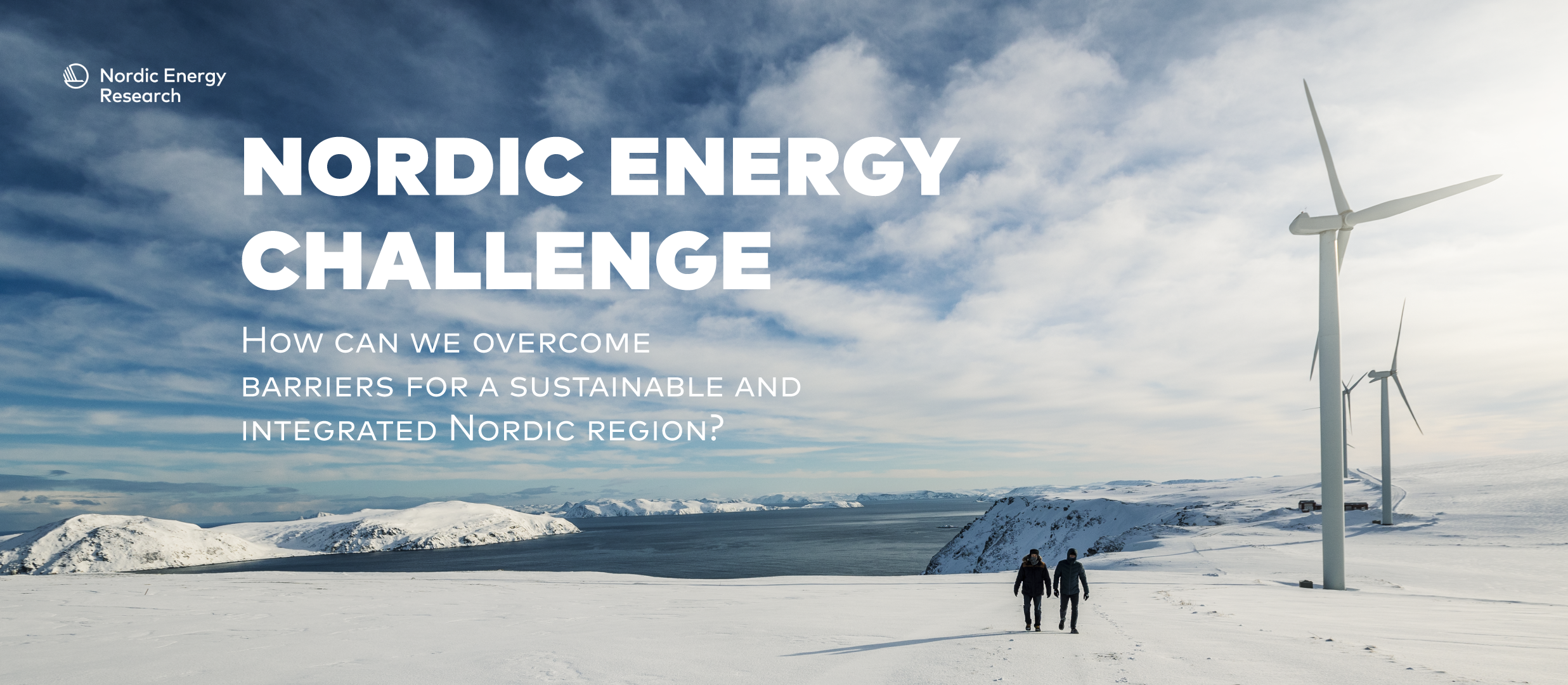 The jury behind the Nordic Energy Challenge has awarded a winner and second and third place in the 2020 final.
The jury behind the Nordic Energy Challenge has awarded a winner and second and third place in the 2020 final.
- Simon Vilms Pedersen from University of Southern Denmark (SDU) with the proposal:
On the Road to Nordic Decarbonization 2050 - Claire Bergaentzlé, Philipp Andreas Gunkel and Daniel Møller Sneum from Denmark’s Technical University (DTU) with the proposal:
A sustainable and integrated Nordic region - Marianne Zeyringer from University of Oslo (UiO) with the proposal:
Unlocking the renewable energy potential in the Nordics
Meet Simon Vilms Pedersen – the winner of Nordic Energy Challenge 2020
Simon holds a Ph.D. in Engineering specialized in Biotechnology and Biophotonics from University of Southern Denmark and is participating in the final with his idea; On the Road to Nordic Decarbonization 2050.
Nordic Energy Challenge has asked Simon to talk a little about his idea.
 What is your idea about?
What is your idea about?
My idea is about using the large amounts of data that the satellites collect daily, in the green transition. Satellites can monitor how weather events, such as precipitation and drought, affect primary energy sources and thus help improve energy forecasts. The data can give us an overview of renewable energies, but also function as a decision-making tool for the supply network. Thus, satellites can play an active role not only in the green transition, but also in the green bioeconomy.
Why and how did you come up with your idea?
New challenges provide opportunities for new ideas. The increasing number of energy sources in a future energy system will require continuous monitoring of each energy source – both in terms of time and geography. Satellites are great for monitoring geographic areas over time, and with a renewed budget for European Earth observation programs, it was clear to me that there were opportunities here for a direct, active use of the satellites in the green transition.
How does your idea contribute to the green transition
My idea is also a decision-making tool for the supply network during and after the green transition. The tool can be used to assess market dynamics in relation to energy sources, modes of transport, and supply networks. Take biomass for example: Biomass is a limited resource with a growing industrial interest. Mixing commercial interests with energy supply considerations underscores the important role that a satellite-based monitoring system of renewable energy sources can play in future energy scenarios.
Why is an event as the Nordic Energy Challenge important?
It´s important that everyone with helpful ideas contributes to the green transition. The Nordic Energy Challenge creates the opportunity to bring everyone onto the field and make sure that all ideas are heard. Thus, the Nordic Energy Challenge plays an important role in not only articulating the climate problems, but also finding solutions. The Nordic Energy Challenge is an excellent example of how the Nordic countries support innovation.
Claire Bergaentzlé and her team got a second place
Claire and her three team members are researchers at Technical University of Denmark and are participating in the final with their idea; Flexibility in the Nordics.
Nordic Energy Challenge has asked the team to talk a little about their idea.
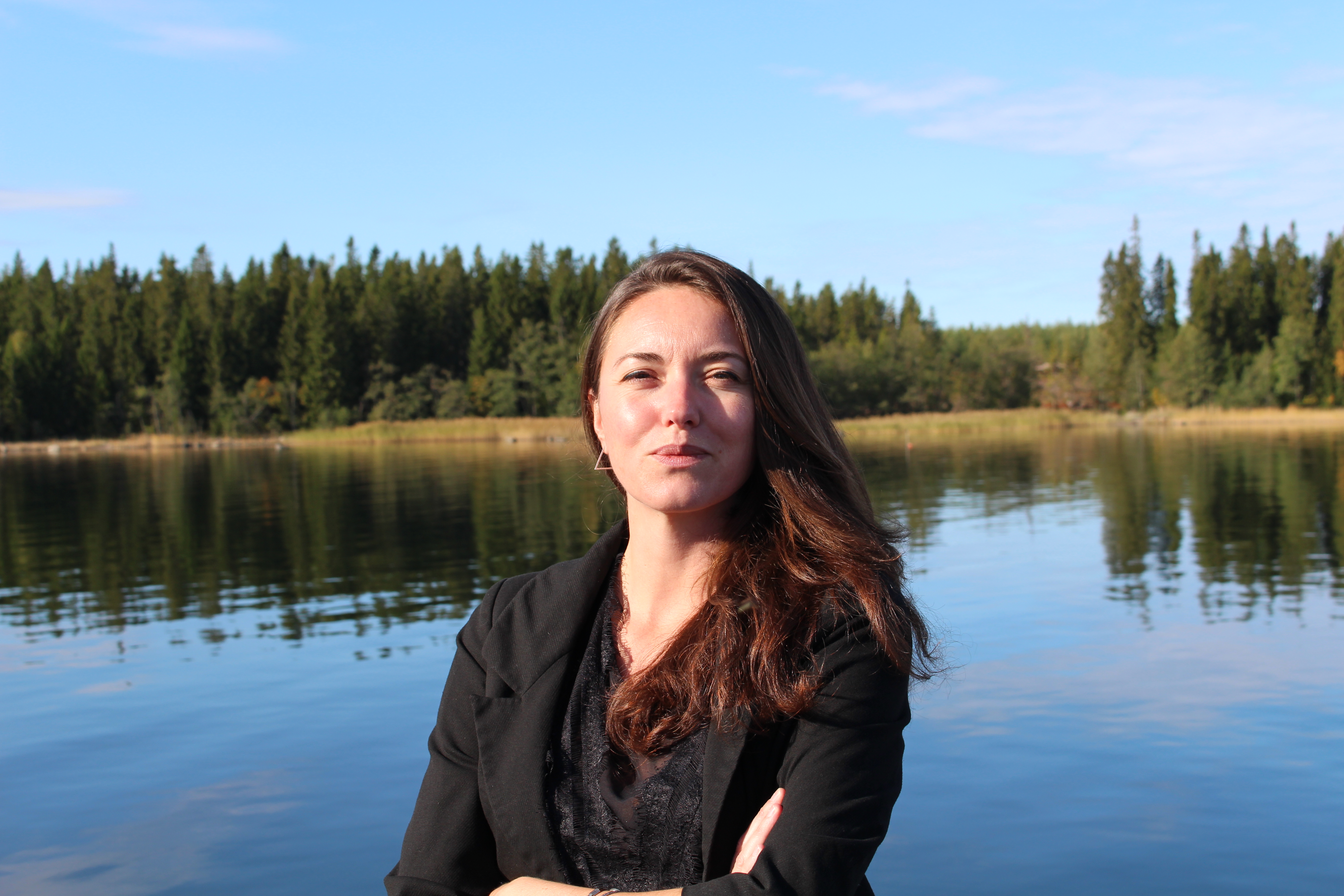
What is your idea about?
In our proposal, we develop a pathway for policy actions to develop future transmission grids in a concerted way, and to eliminate price distortions that currently disadvantage electricity in heat generation. Accordingly, we assess how fast the energy mix will transition in response to:
- Strong Nordic cooperation that brings forward the common Nordic interest as a single entity and makes the best of the Nordic electricity mix as a whole.
- The introduction of distortion-free regulatory framework conditions at the interface between electricity and heat. This means removing all subsidies and introducing capacity-based electricity grid tariffs to support flexibility signals from the NordPool market.
- Communicate the impact of limited acceptance for wind and grid projects in terms of over cost for the system and the electricity end-users.
Why and how did you come up with your idea?
The idea emerged from a common consensus from all the Nordic partners who joined their efforts into realizing this project:
The Nordic region already unites the ideal conditions (in terms of technology, resources, well-functioning market, and strong political will) to meet its sustainable energy transition targets. However, this may not be sufficient to fully meet our targets at the least cost, nor to support other countries to limit their carbon footprint. For that to happen, policy makers must take the challenge a step further and define a common energy sustainability pathway. This pathway should build on coherent regulatory framework conditions that support the best geographical and sectoral integration and promote efficient market price signals.
Our idea brings new insights into such policy and regulatory pathways. We show that the pathways should be implemented now, in a proactive manner, to hit our only window to meet and go beyond our energy targets.
How does your idea contribute to the green transition
We demonstrate that market and sector coupling together and backed by coherent regulatory frameworks have the potential to accommodate future variable renewable energy (VRE) participation and to guarantee the reliable security of supply of energy at the least cost for the consumers.
Market and sector coupling will give access to enlarged flexibility potentials at both sectors while accelerating the use of VRE and the decarbonization across borders and energy sectors. With more interconnections, the Nordics optimally send their surpluses of wind and solar energy where it is needed and give access to their hydropower plants’ flexibility. With stronger electrification, district heating becomes free of CO2 emissions, completely integrated into the electricity system, and fully flexible.
A fully CO2 free energy sector can happen as early as in the 2030s, granting the Nordics the chance to actively contribute to the transition of its neighboring countries and to accelerate the decarbonization of other sectors of the economy.
Why is an event as the Nordic Energy Challenge important?
Events like the Nordic Energy Challenge are a base for discussion, creating consensus, and as a showcase of the Nordic approach to inclusion and sustainability.
Such events shed light on recent research and give a forum to present our main findings, reach policymakers, industry stakeholders, and civil society.
Even though our methods may differ, we are all engaged in the same race towards a common goal. Such events are therefore essential because they help us to share difficulties, but also best practices; to stimulate curiosity and new ideas and to engage in reflections, but also to warn of limitations and point to where further work is needed.
Besides Claire Bergaentzlé the team behind the idea; Flexibility in the Nordics is Philipp Andreas Gunkel, Daniel Møller Sneum, Adam Krzysztof Suski.
Marianne Zeyringer became number 3 in Nordic Energy Challenge 2020
Marianne Zeyringer is one of the finalists of the Nordic Energy Challenge, participating in the final with her idea; Unlocking the renewable energy potential in the Nordics – Energy systems modelling as a tool to understand opposition and increase acceptance and collaboration.
The Nordic Energy Challenge has asked Marianne Zeyringer to talk a little about her idea.
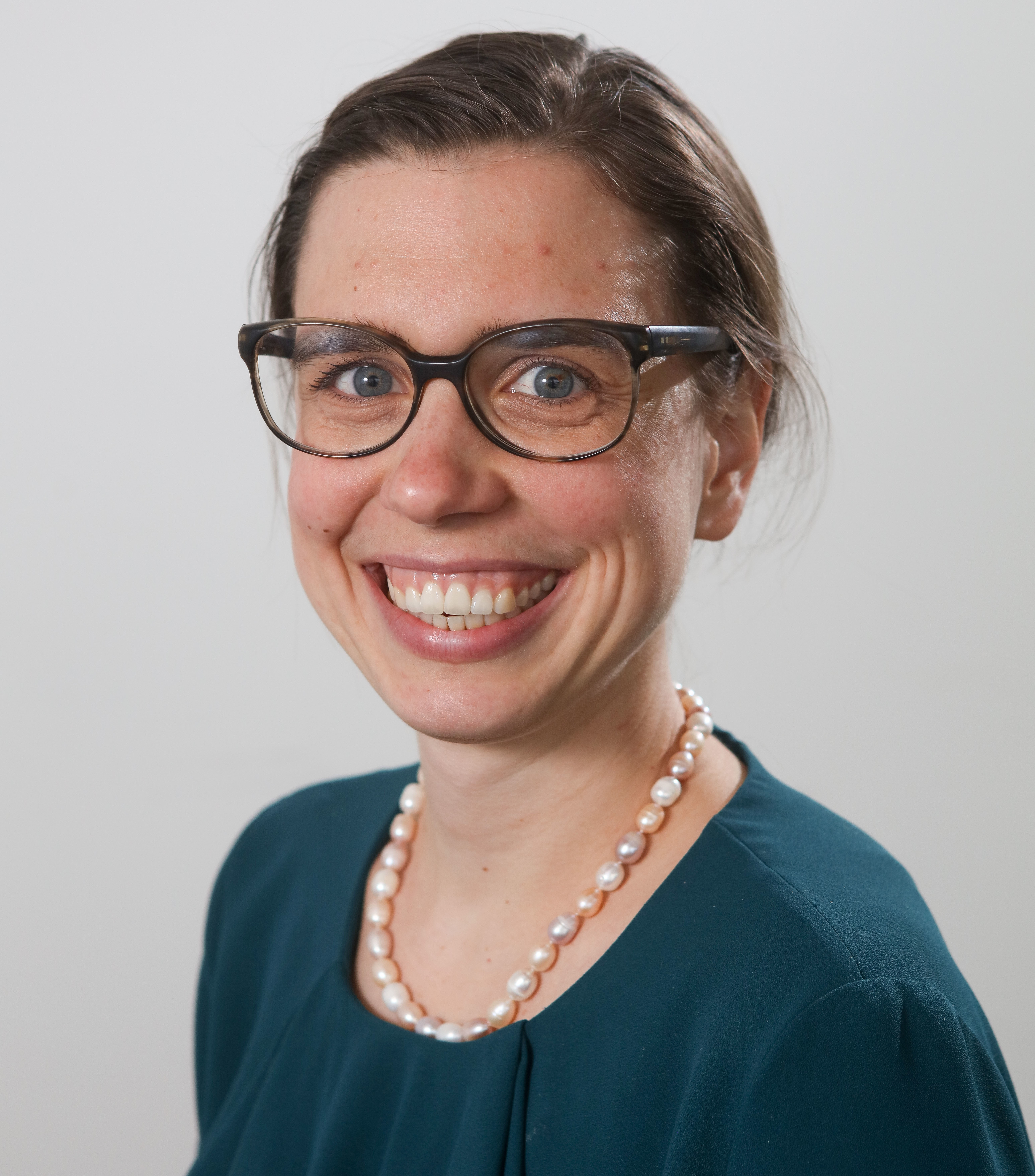
What is your idea about?
The idea is about bringing researchers from different scientific disciplines and artists together to; firstly to use energy systems modelling as a participatory tool to understand Nordic citizens’ visions of future energy systems and collaboration across countries, and secondly to discuss those co-designed energy futures with the public through artistic performances.
Why and how did you come up with your idea?
I am a power system modeller, and our models are usually cost optimising. Wind energy has decreased in cost dramatically over the last years. It thus represents a cost-effective decarbonisation solution. The Nordics have excellent wind energy resources and as a result when we as modellers are trying to see how to reach the Paris Agreement Goal for Europe, our models would place lots of wind energy in the Nordics. When I was working in the UK there was quite a lot of local opposition towards onshore wind energy. We showed with our studies that when excluding good sites from development decarbonising the energy system will be much more expensive.
From this experience I have learned that it is important to get people involved in the green transition and to figure out how it is possible to meet public scepticism and opposition.
Usually energy and power system modellers sit in their universities or research institutes, defining scenarios and publishing reports mostly aimed at other academics or policy makers. There is hardly any input from lay people into the design of the scenarios and models and little communication from researchers to the public in general. However, with a pressing urgency to mitigate climate change and making the energy transition successful we need the people to be on board.
How does your idea contribute to the green transition
The aims of the project are to involve the Nordic citizens and make them realize that they have a huge impact on the energy transition. We will have mixed groups from different countries to see if the experience of jointly designing scenarios changes the people’s willingness to contribute “more” in their own country. We will understand under which conditions people are willing to work together to transform each country’s energy system.
Hopefully, the results of the project will inspire policy makers to design net-zero energy systems which are supported by the public and give insights on collaboration possibilities, barriers and solutions.
Why is an event as the Nordic Energy Challenge important?
The Nordic Energy Challenge gives the opportunity to think creatively and completely outside existing disciplinary boundaries. I look forward to meeting the other researchers and maybe develop a joint proposal. I sincerely hope that the Nordic Energy Challenge contributes to an increased awareness and allows the audience to understand the challenges in reaching the energy transition. Last, but not least, Nordic Energy Challenge gives me insight into different out of the box solutions.


